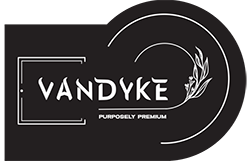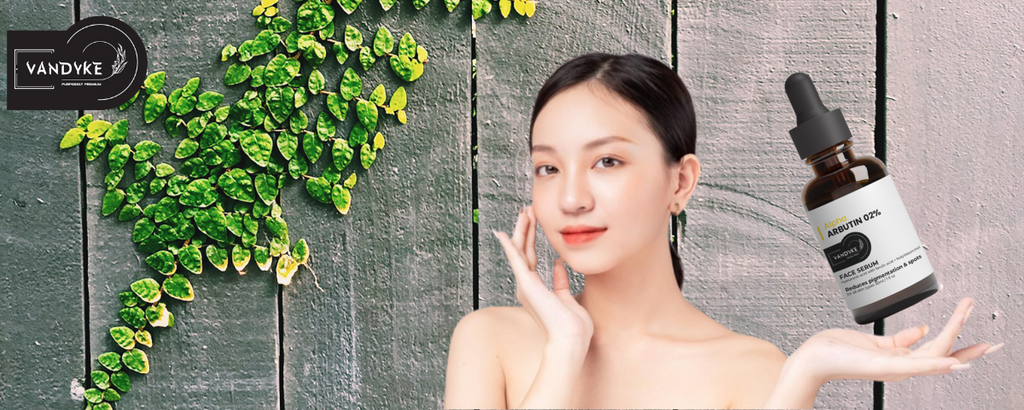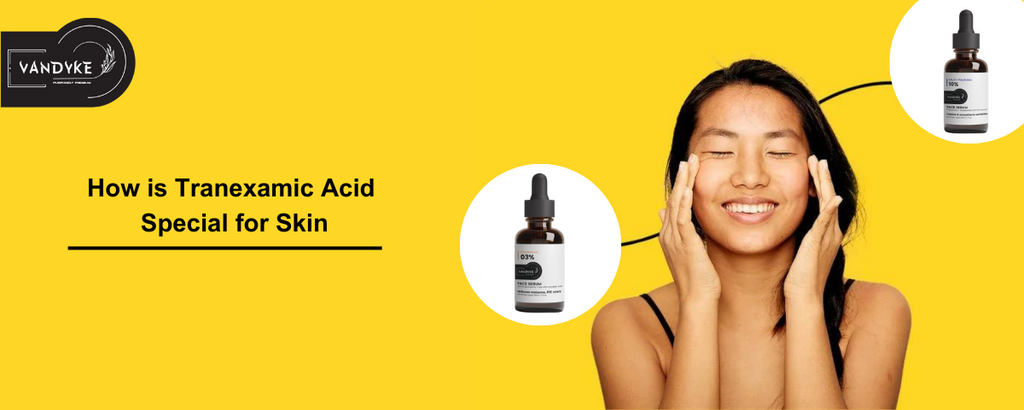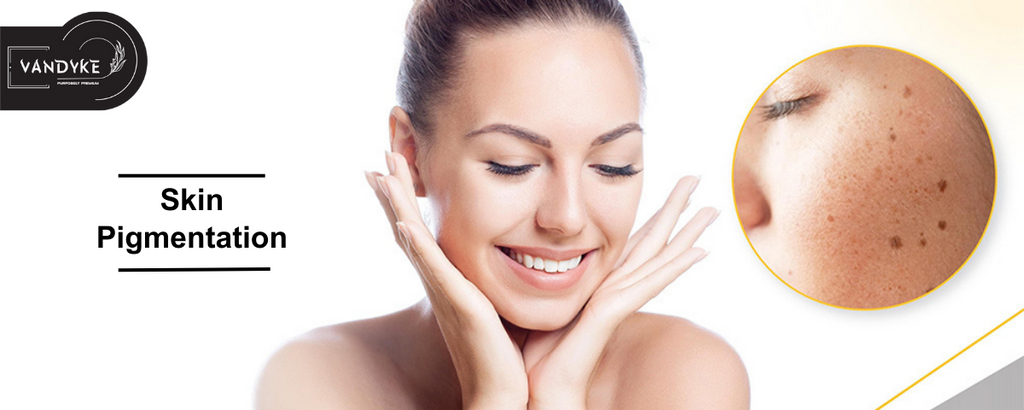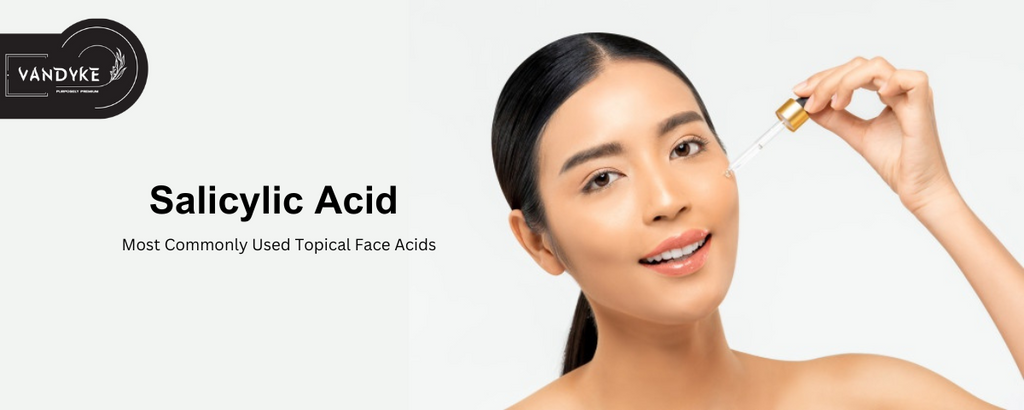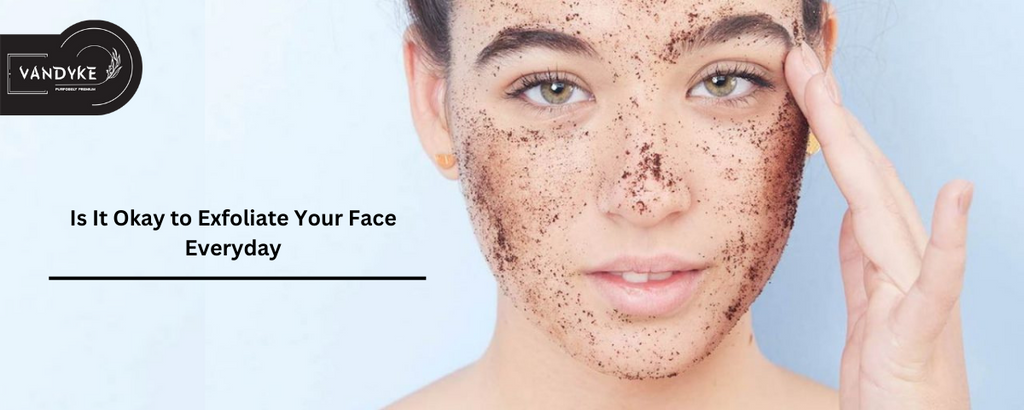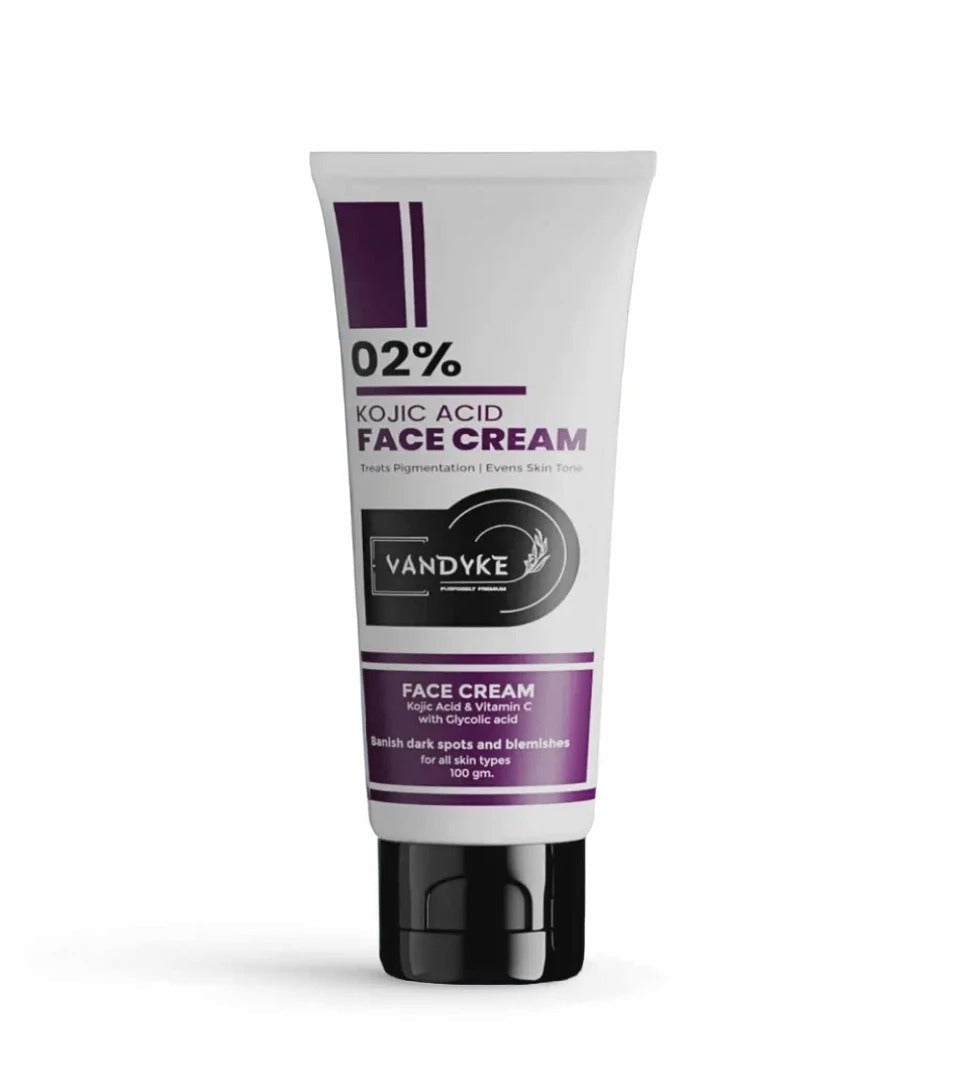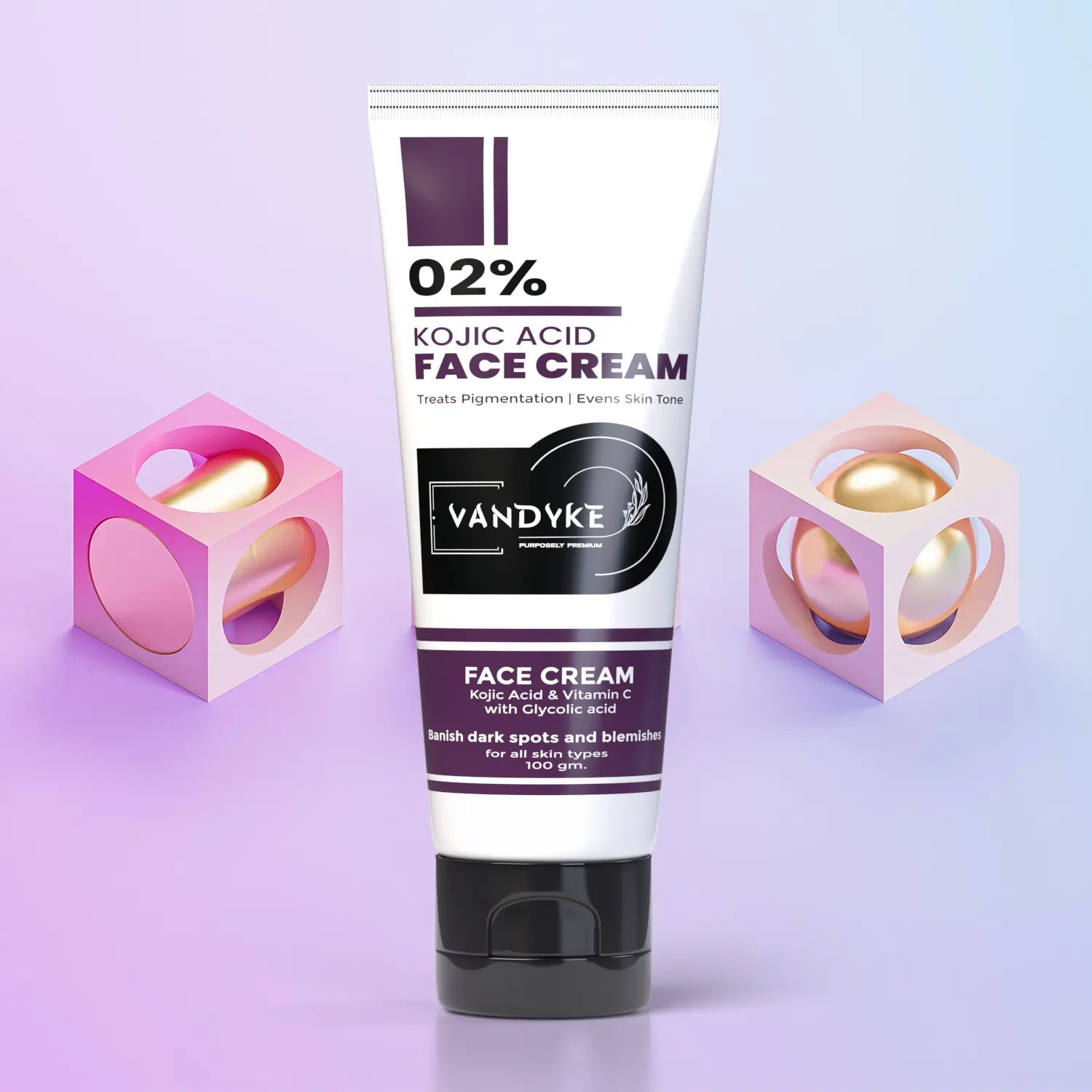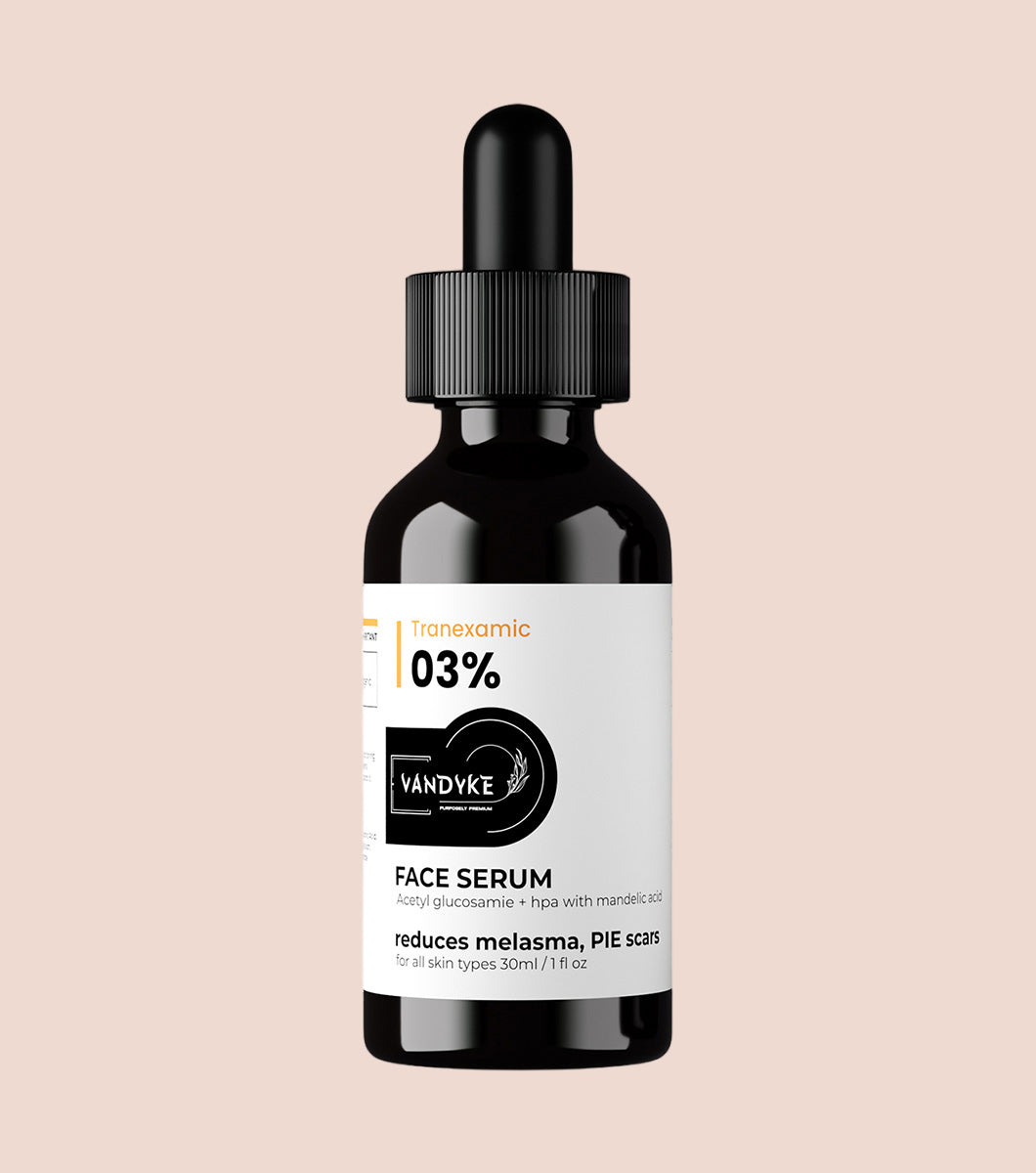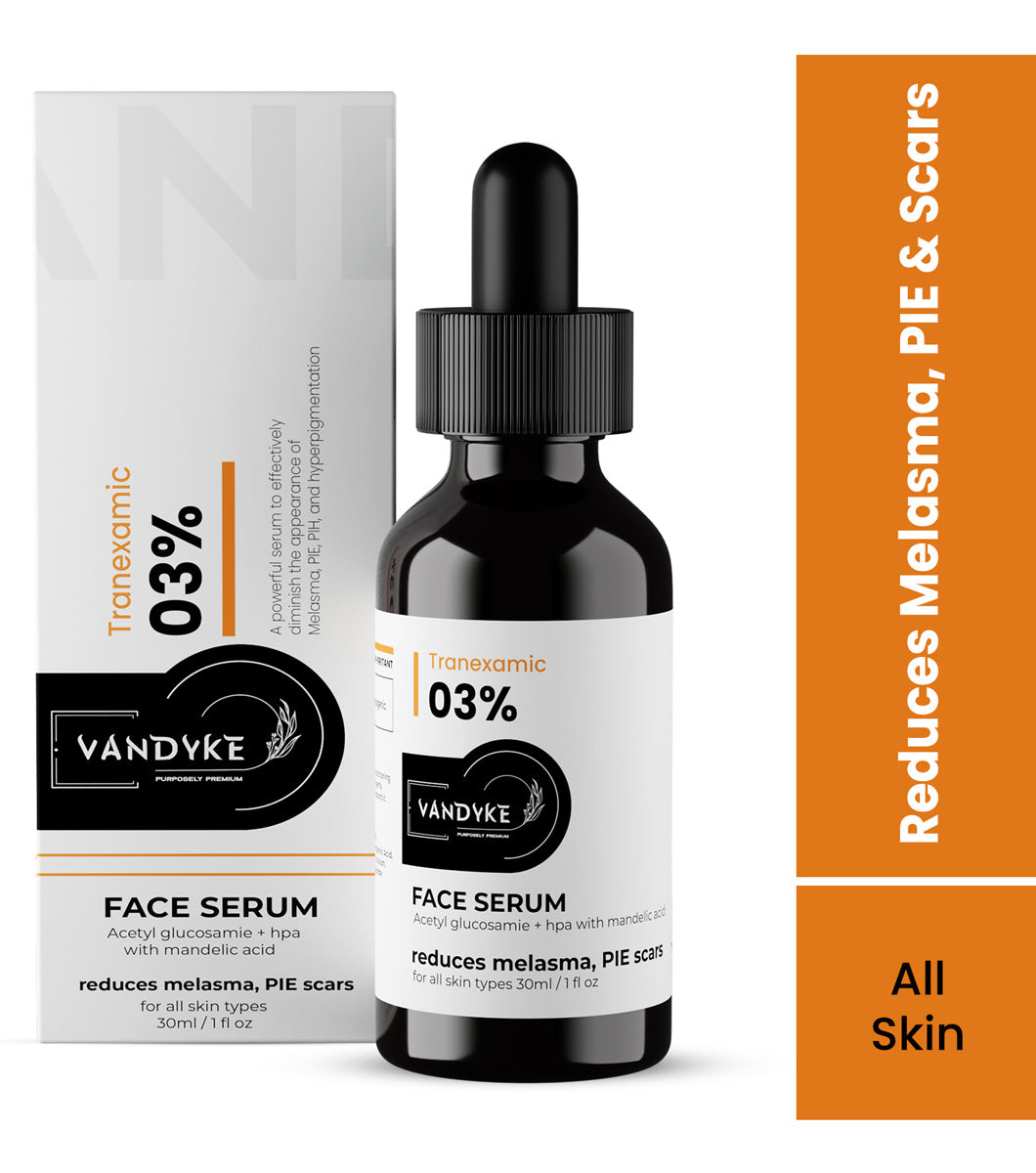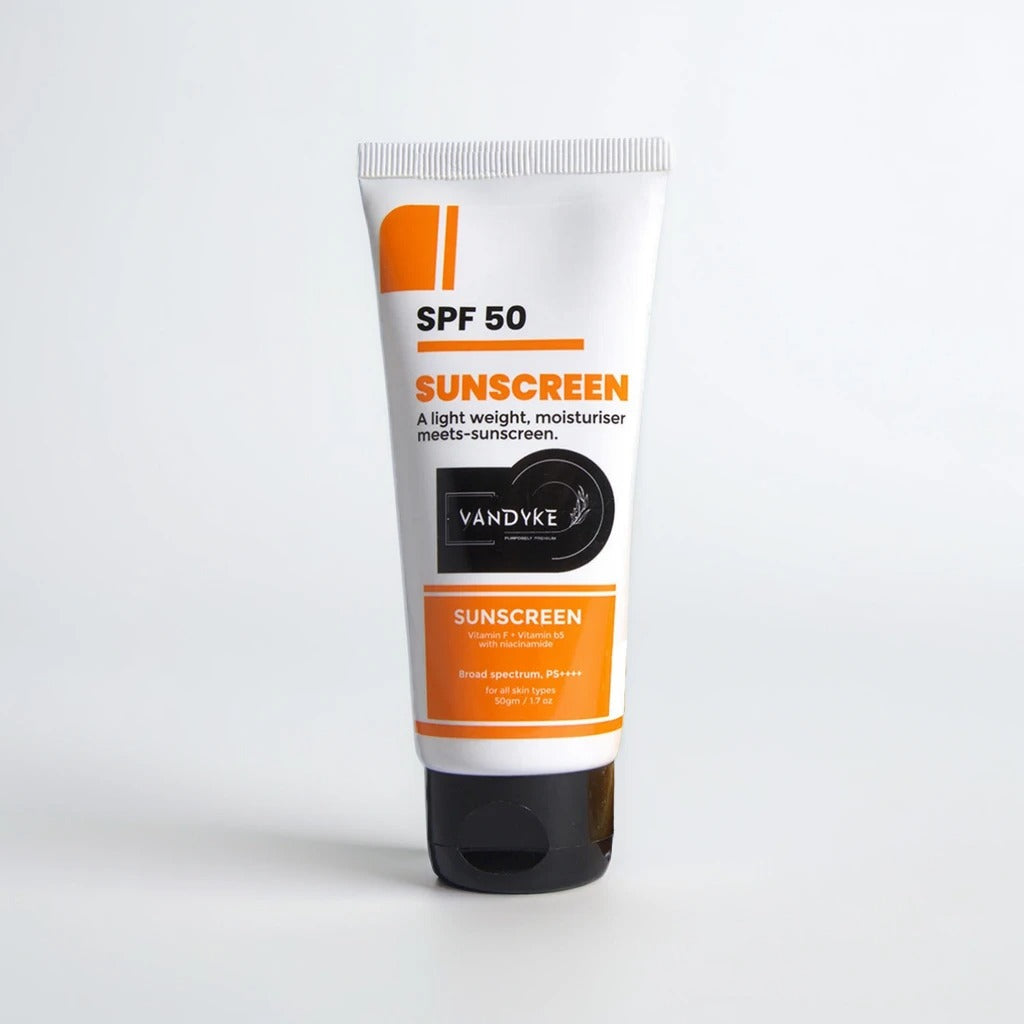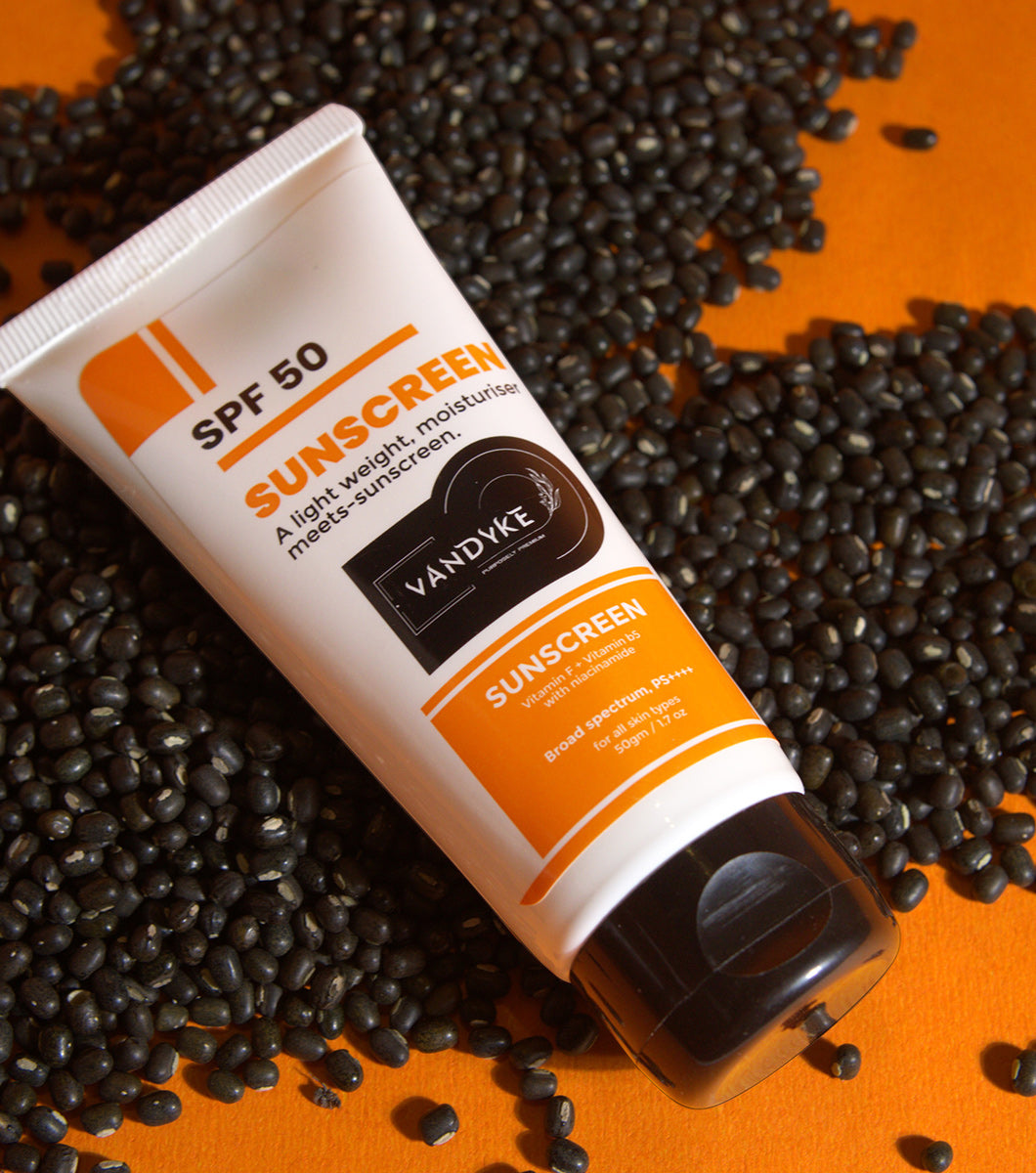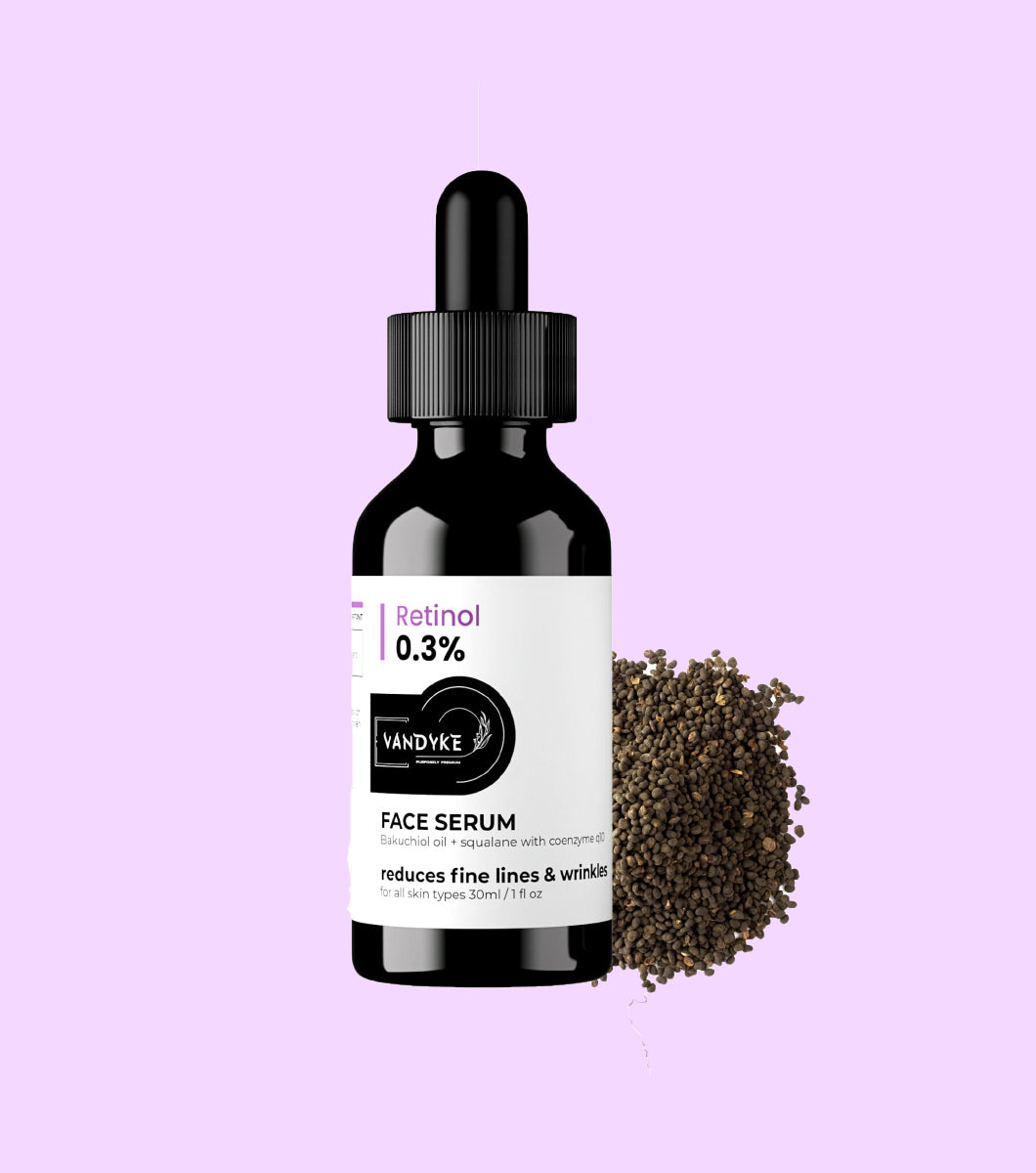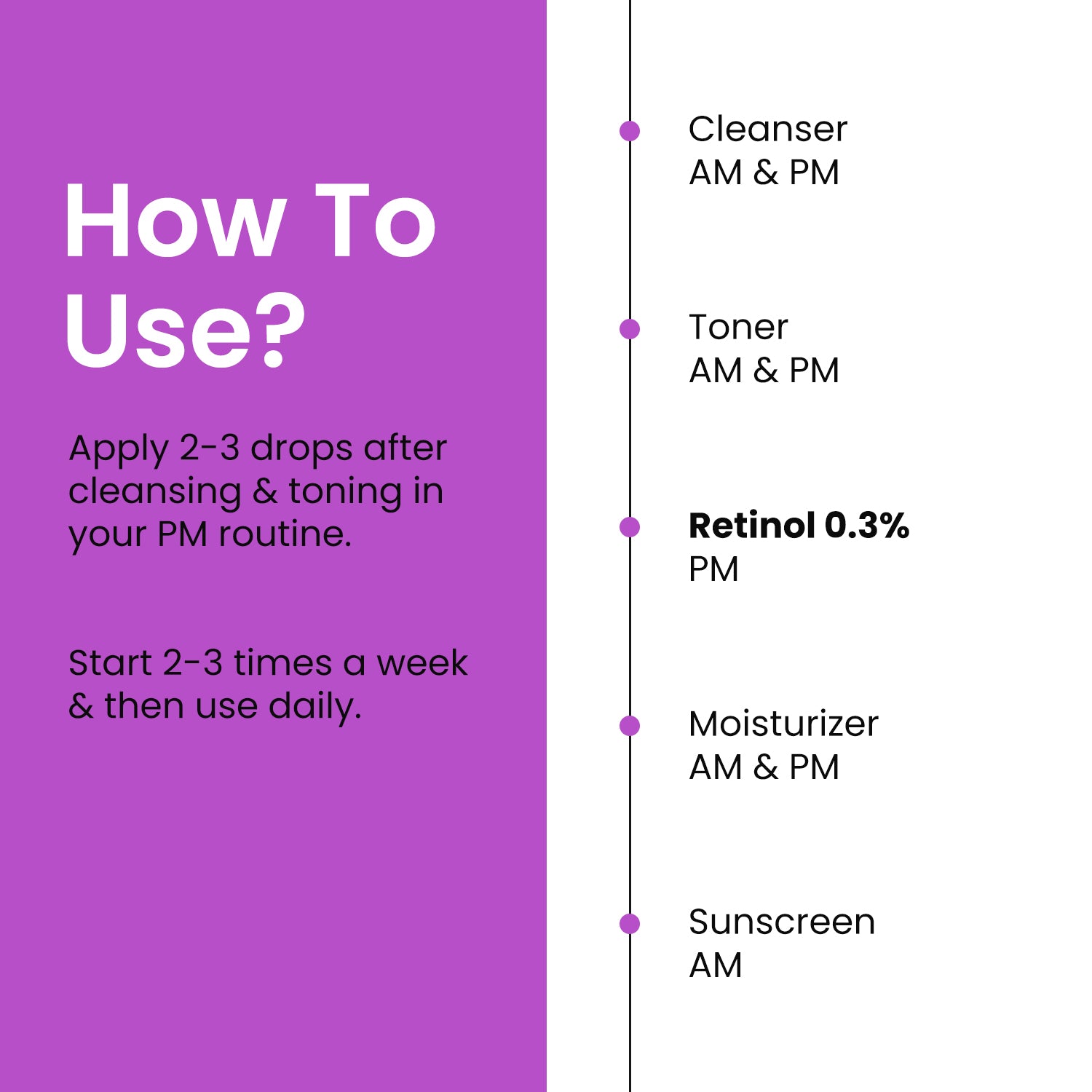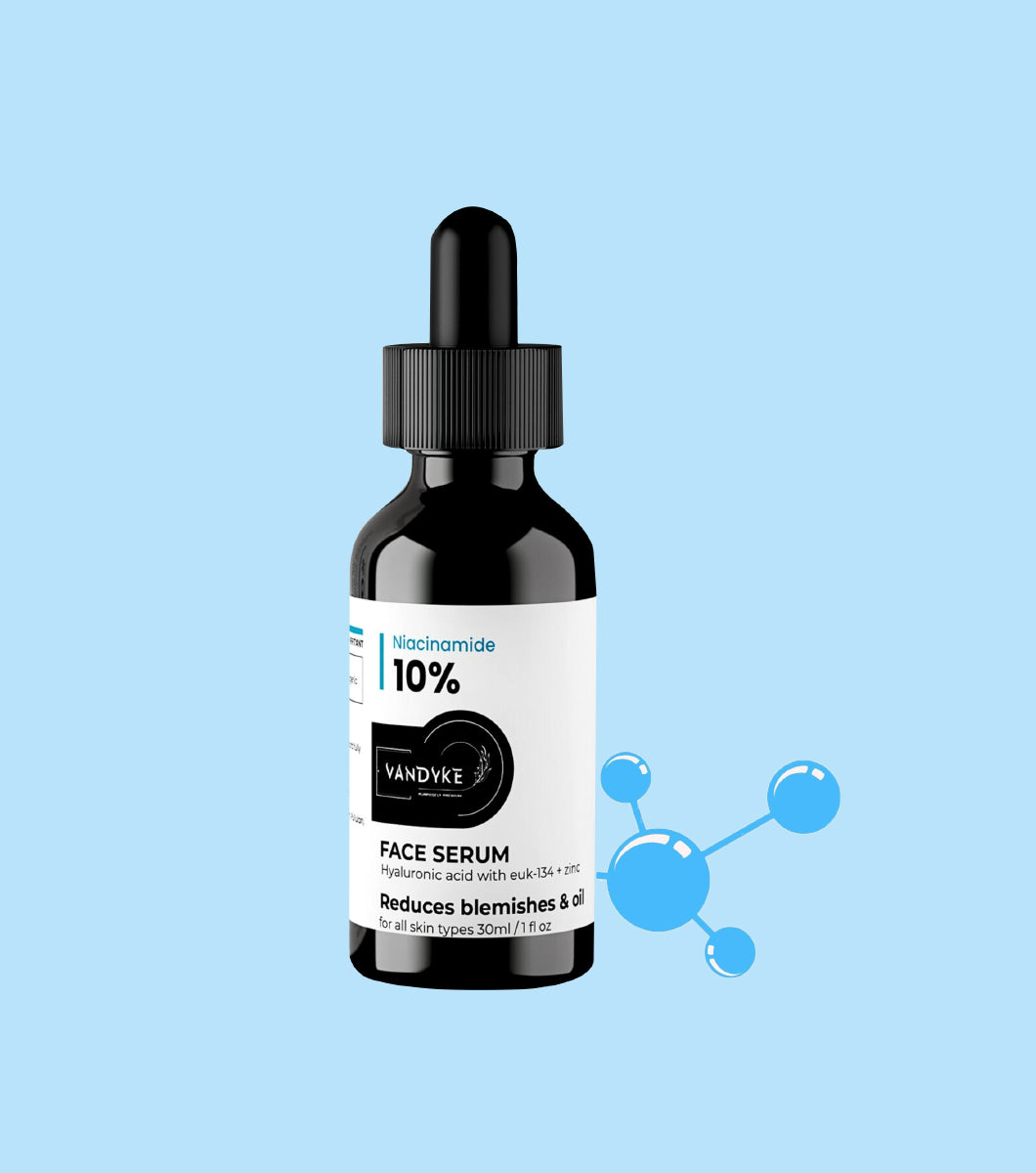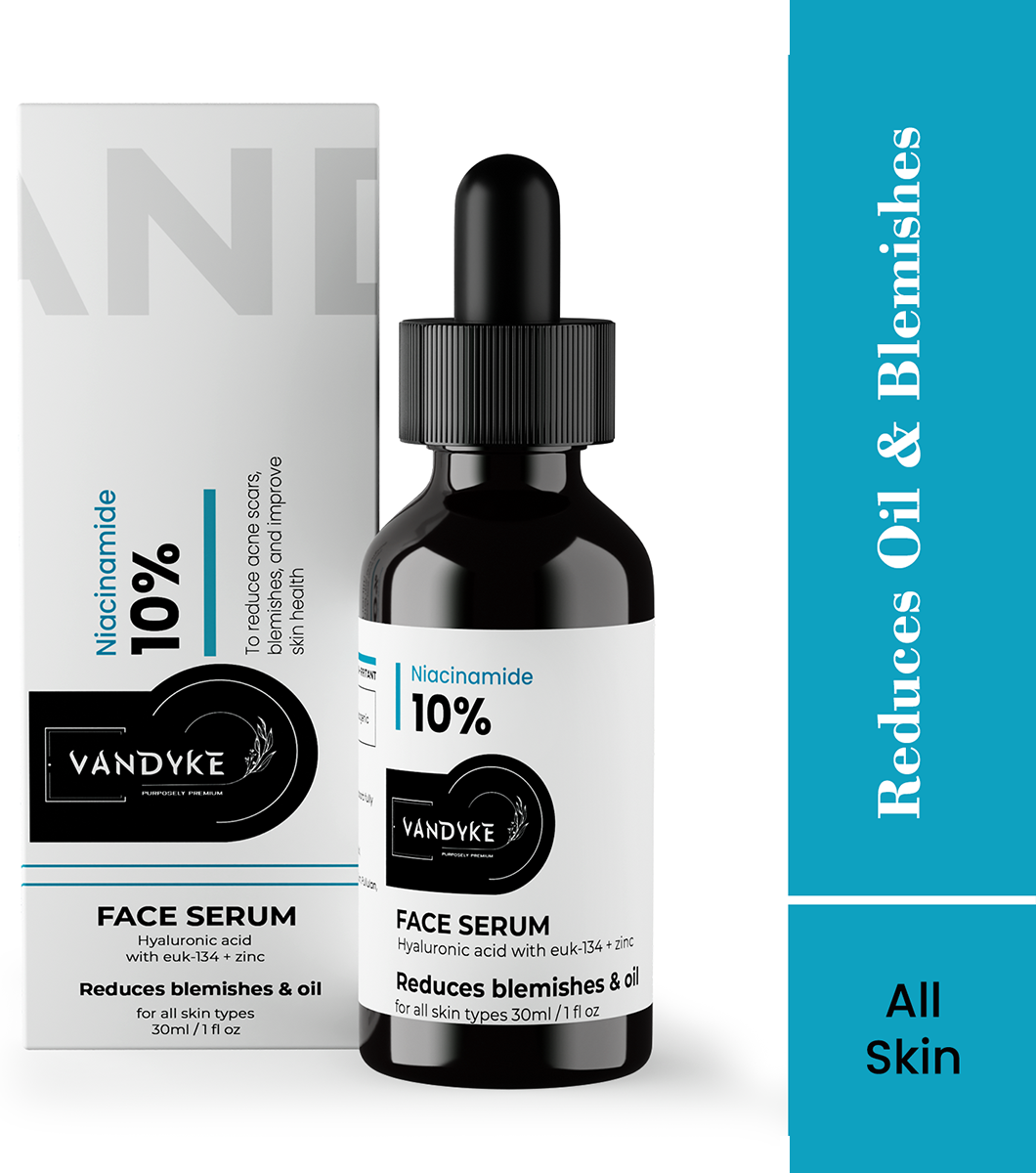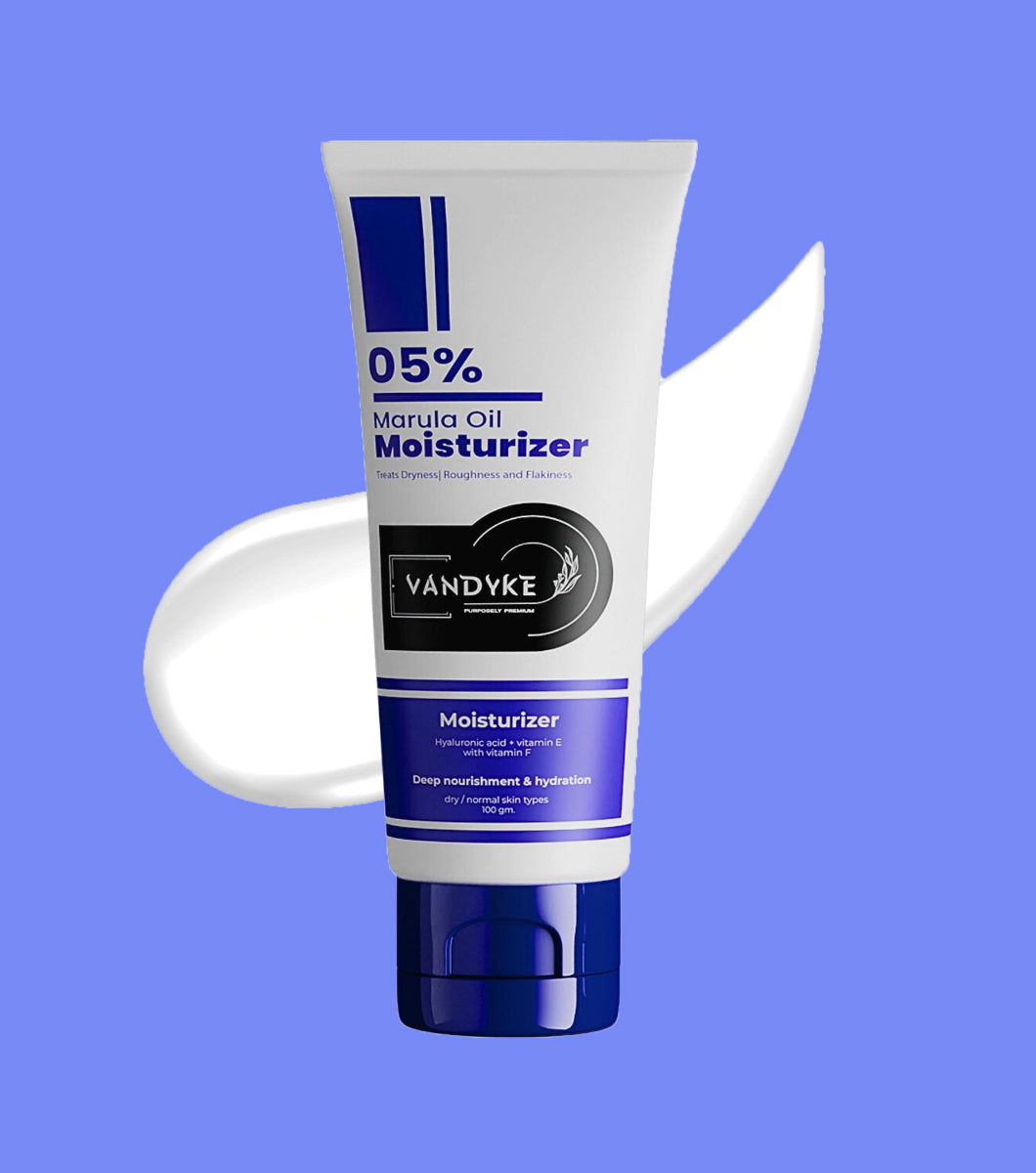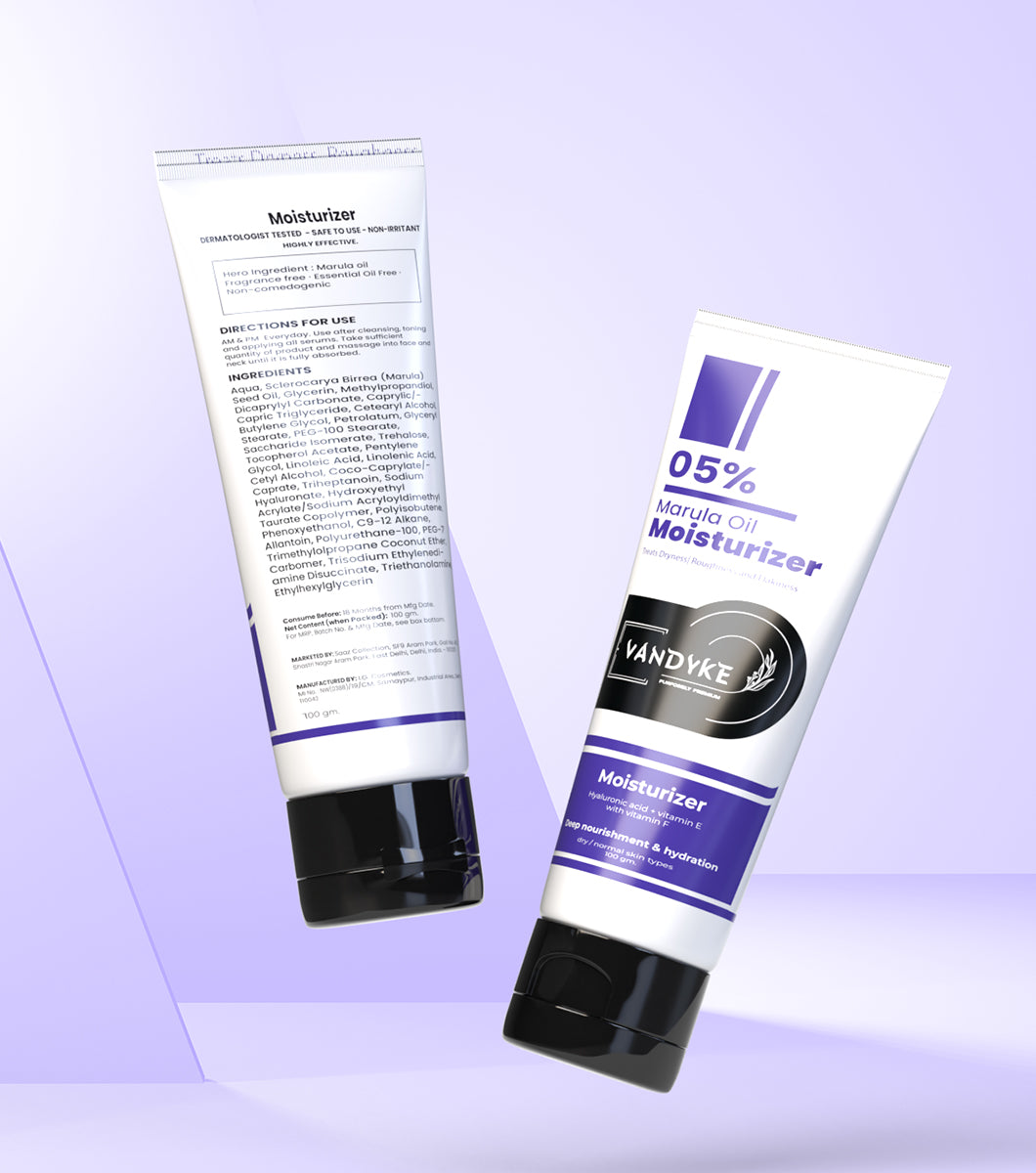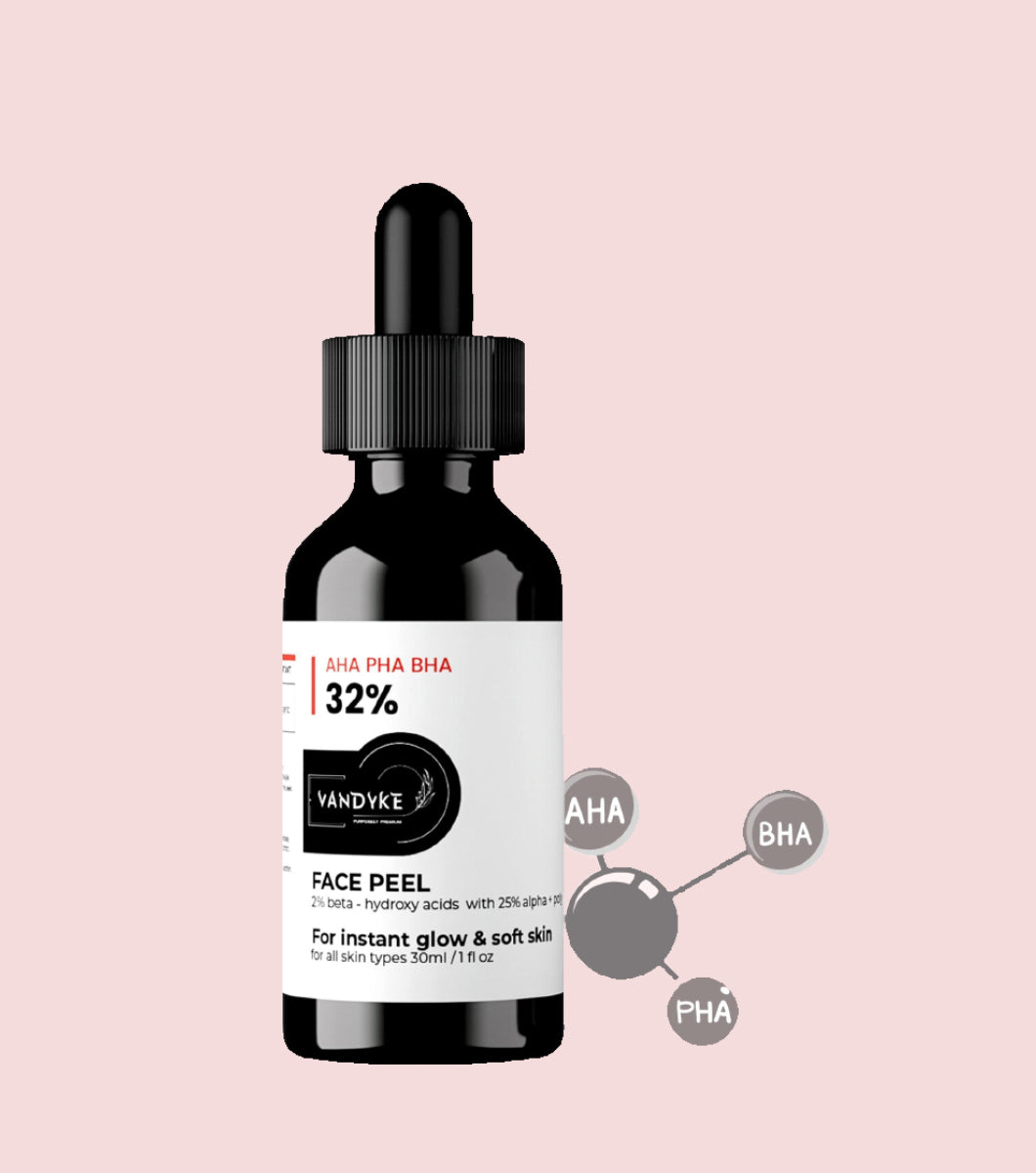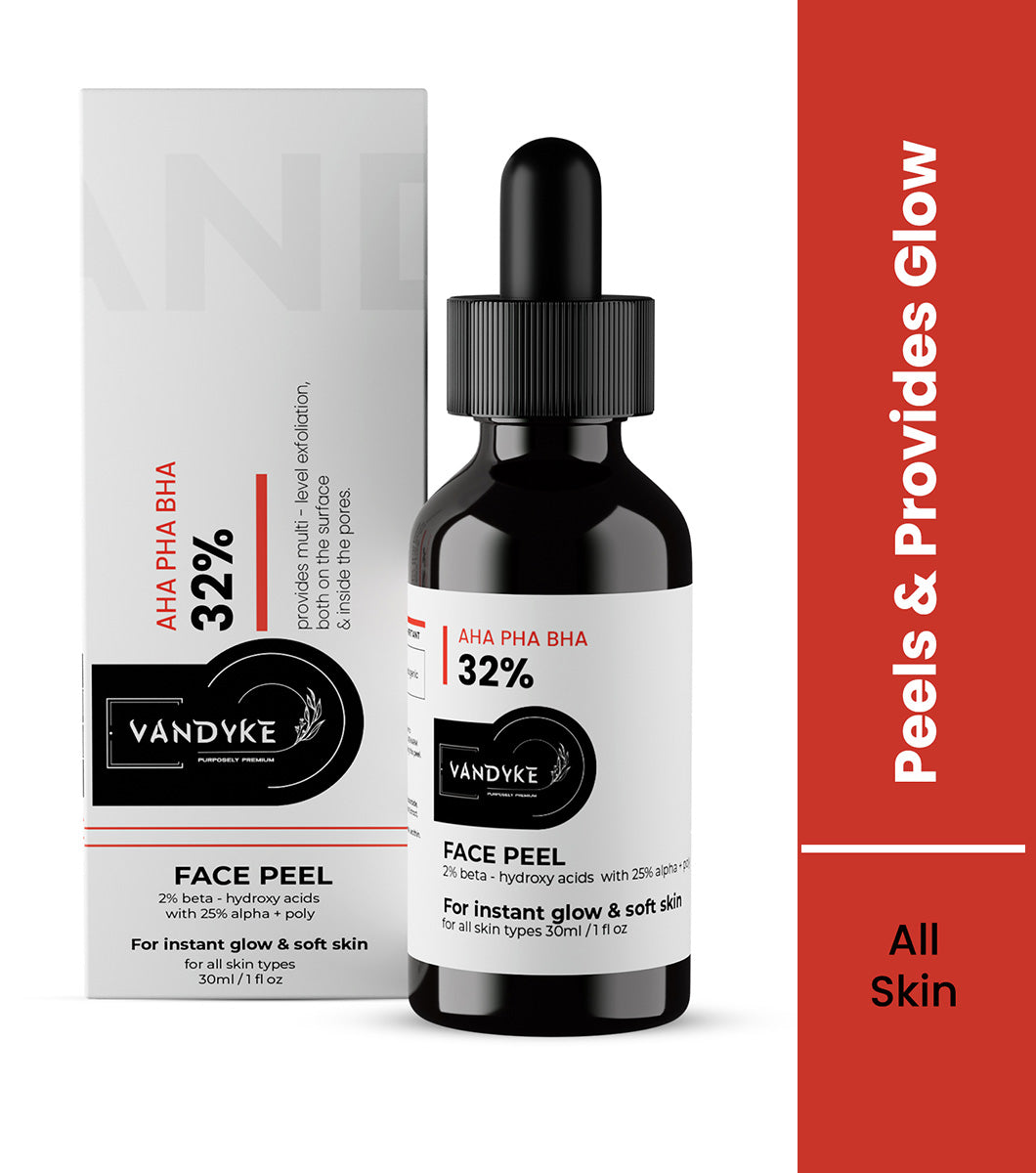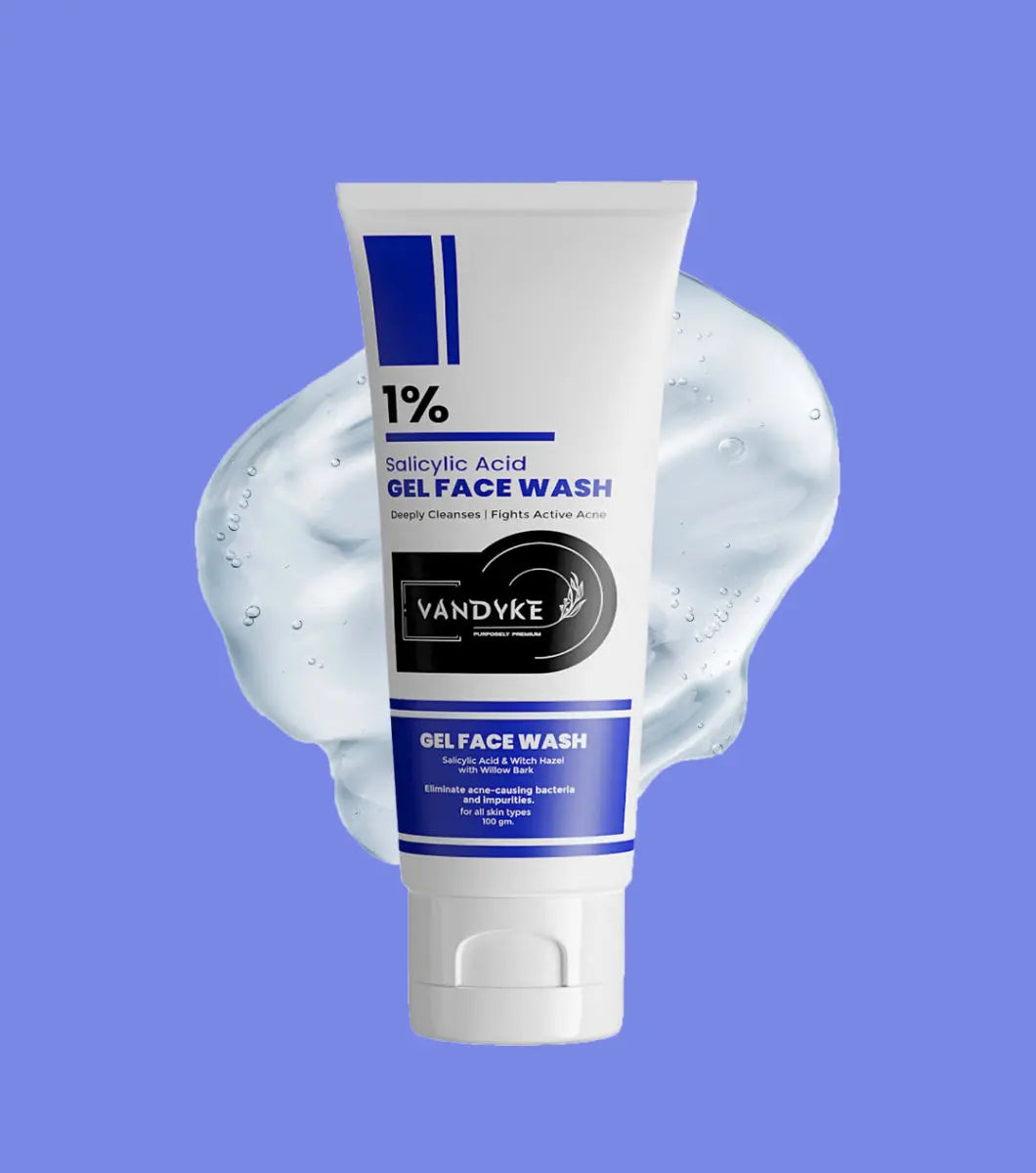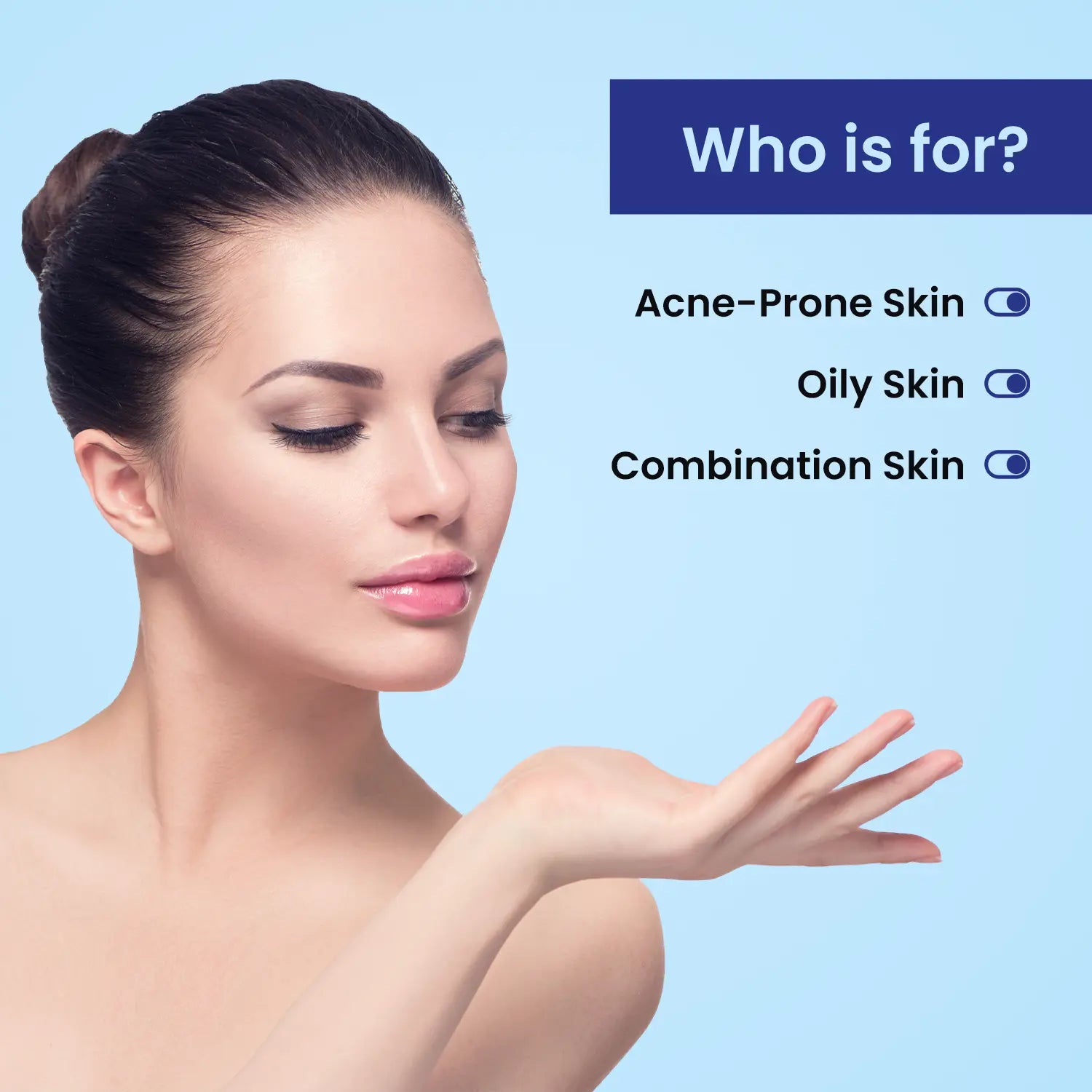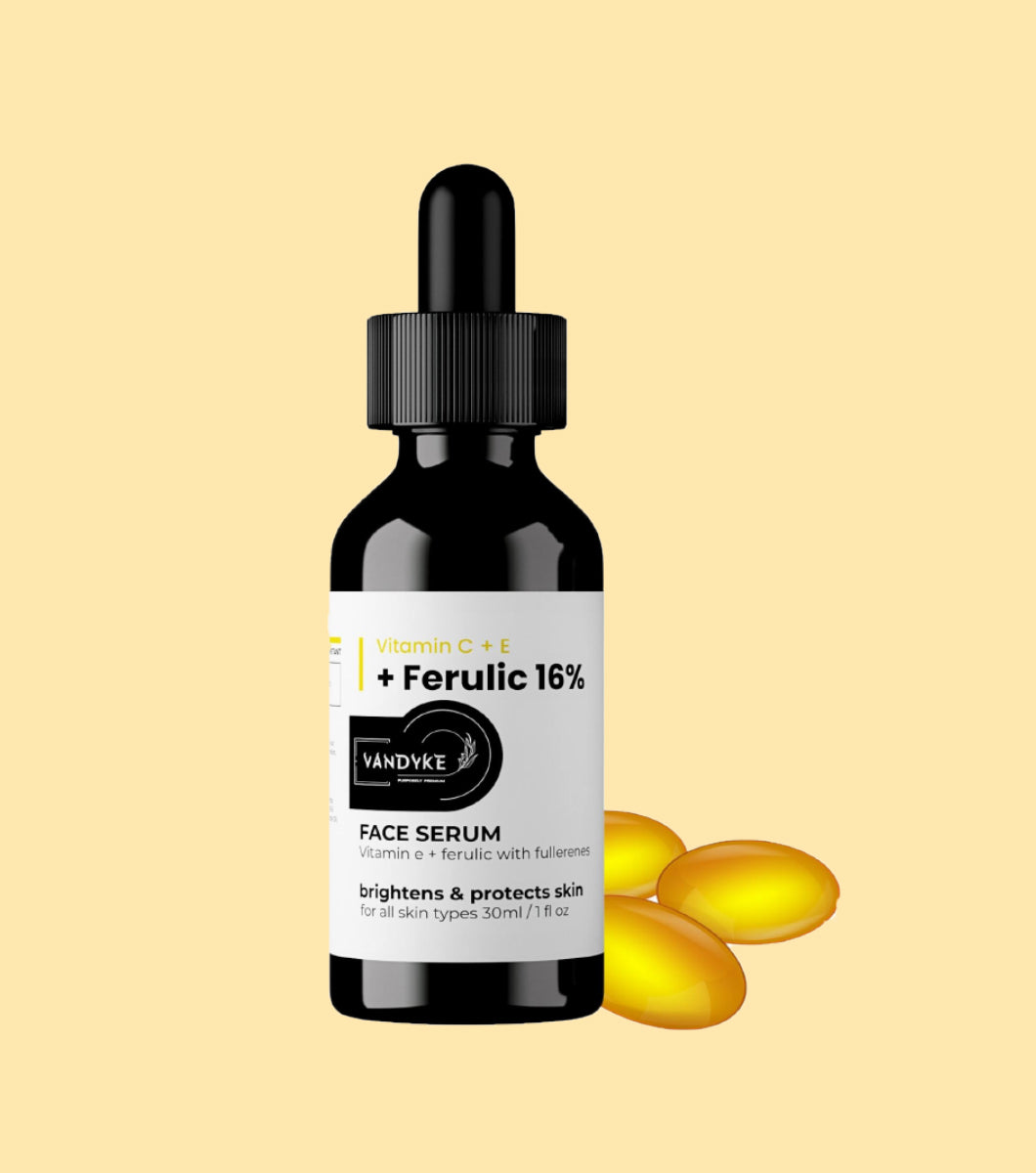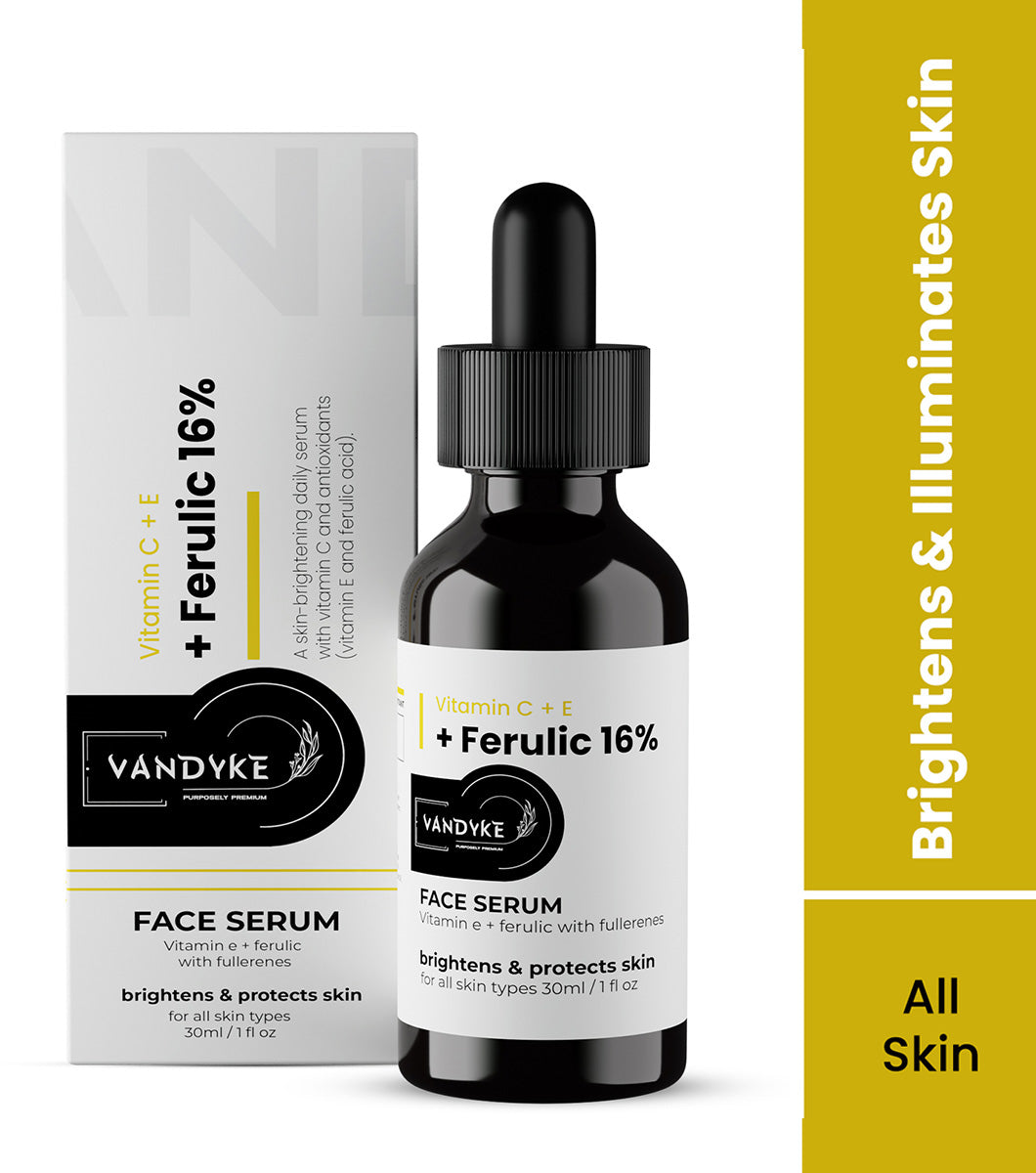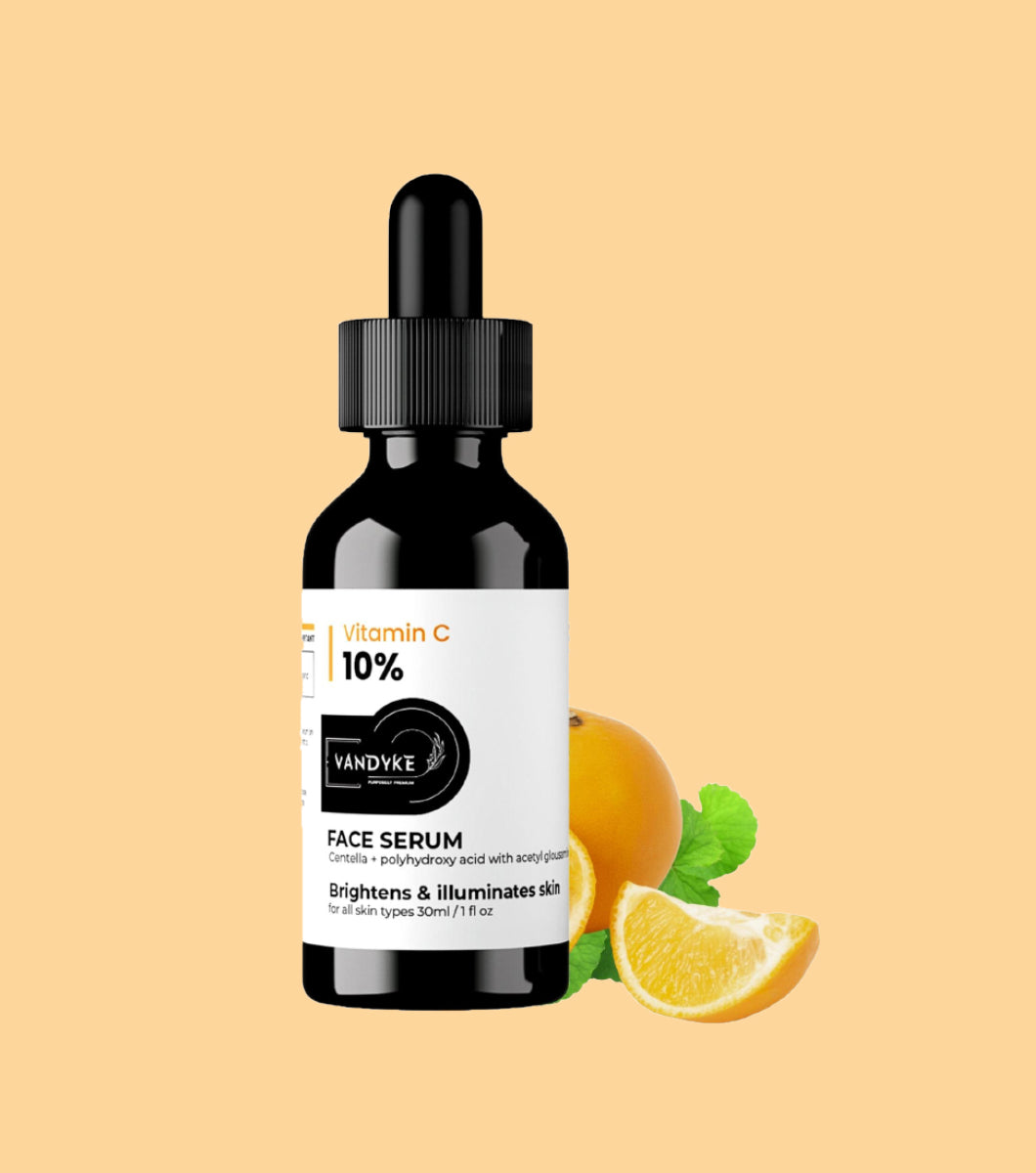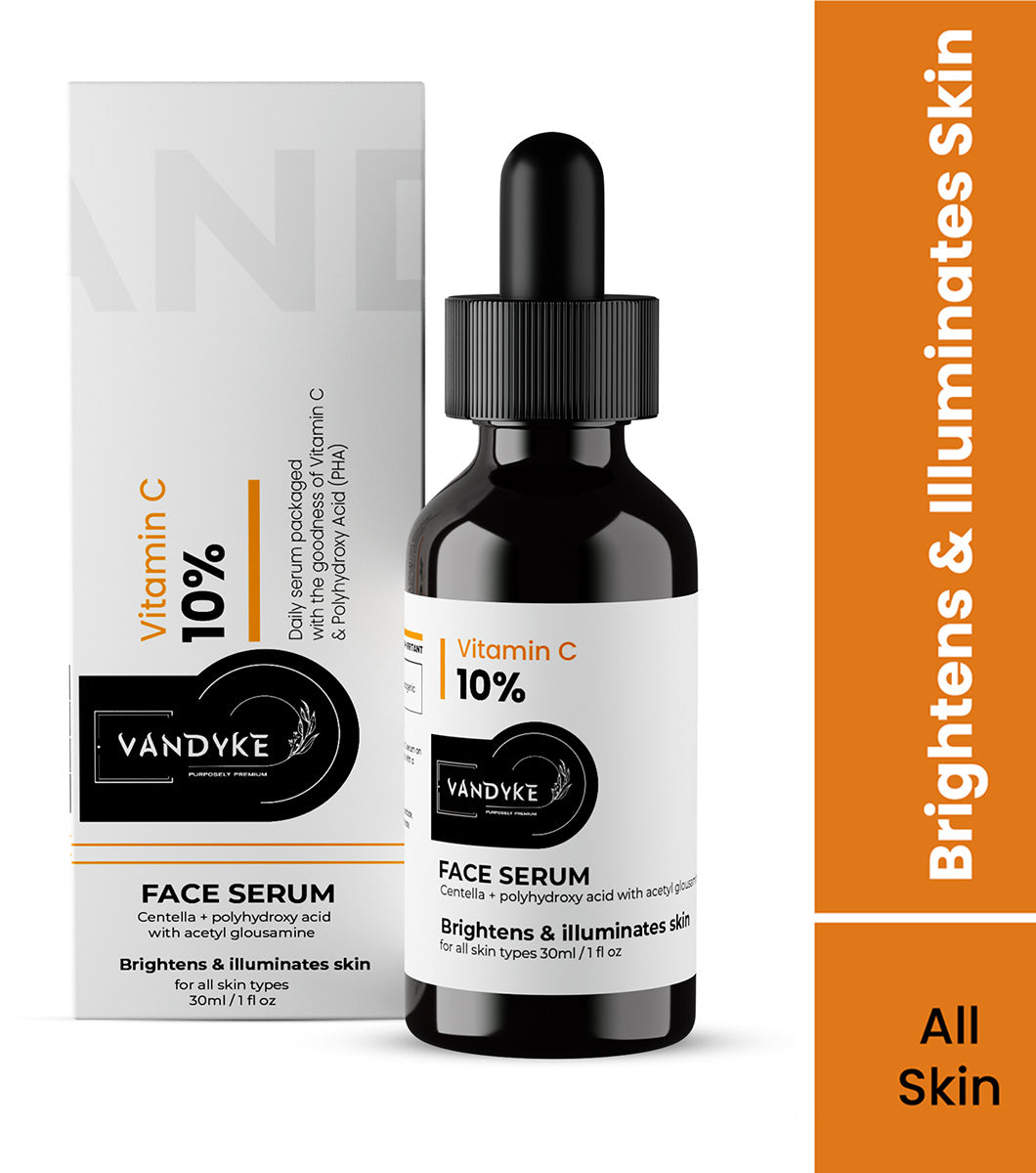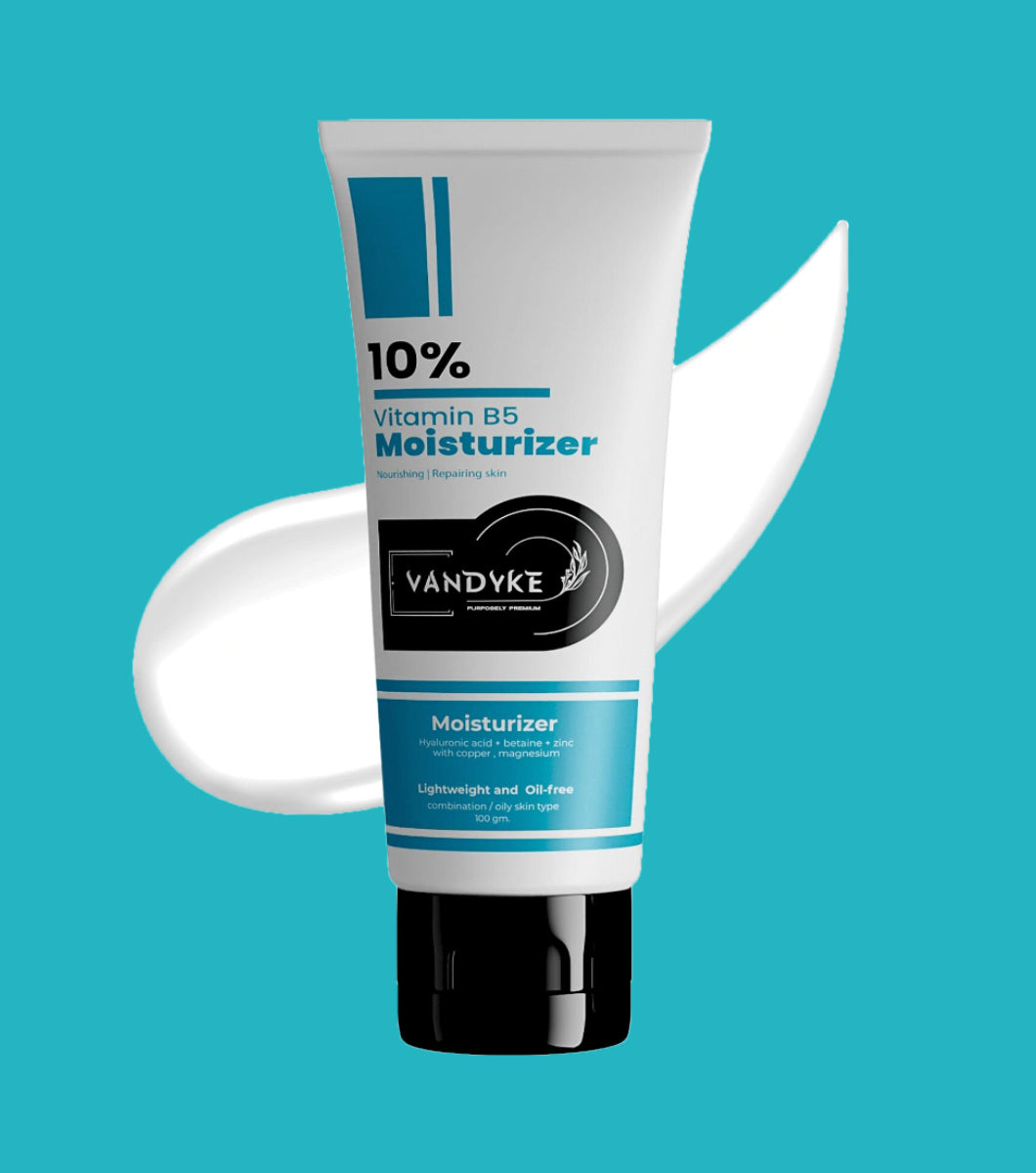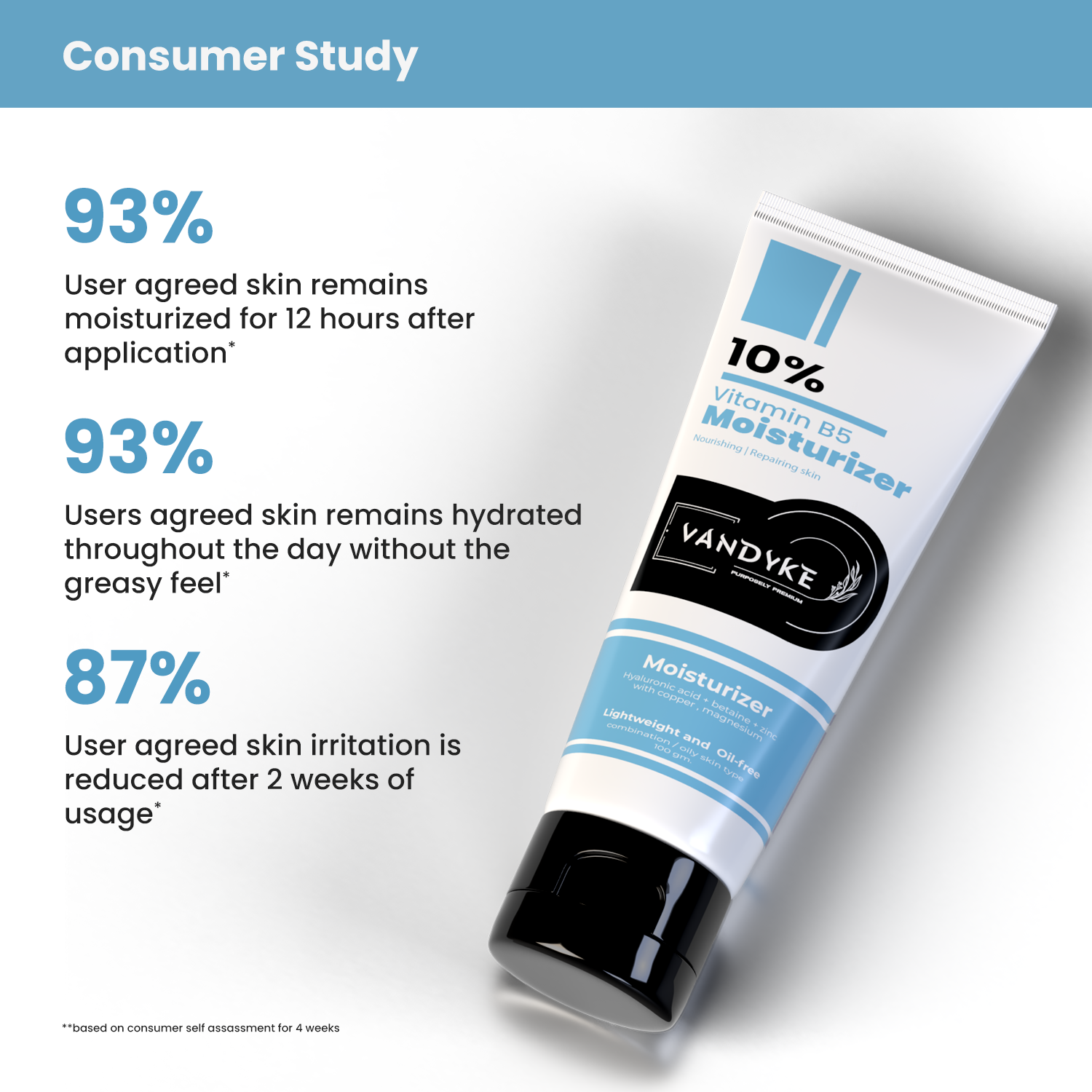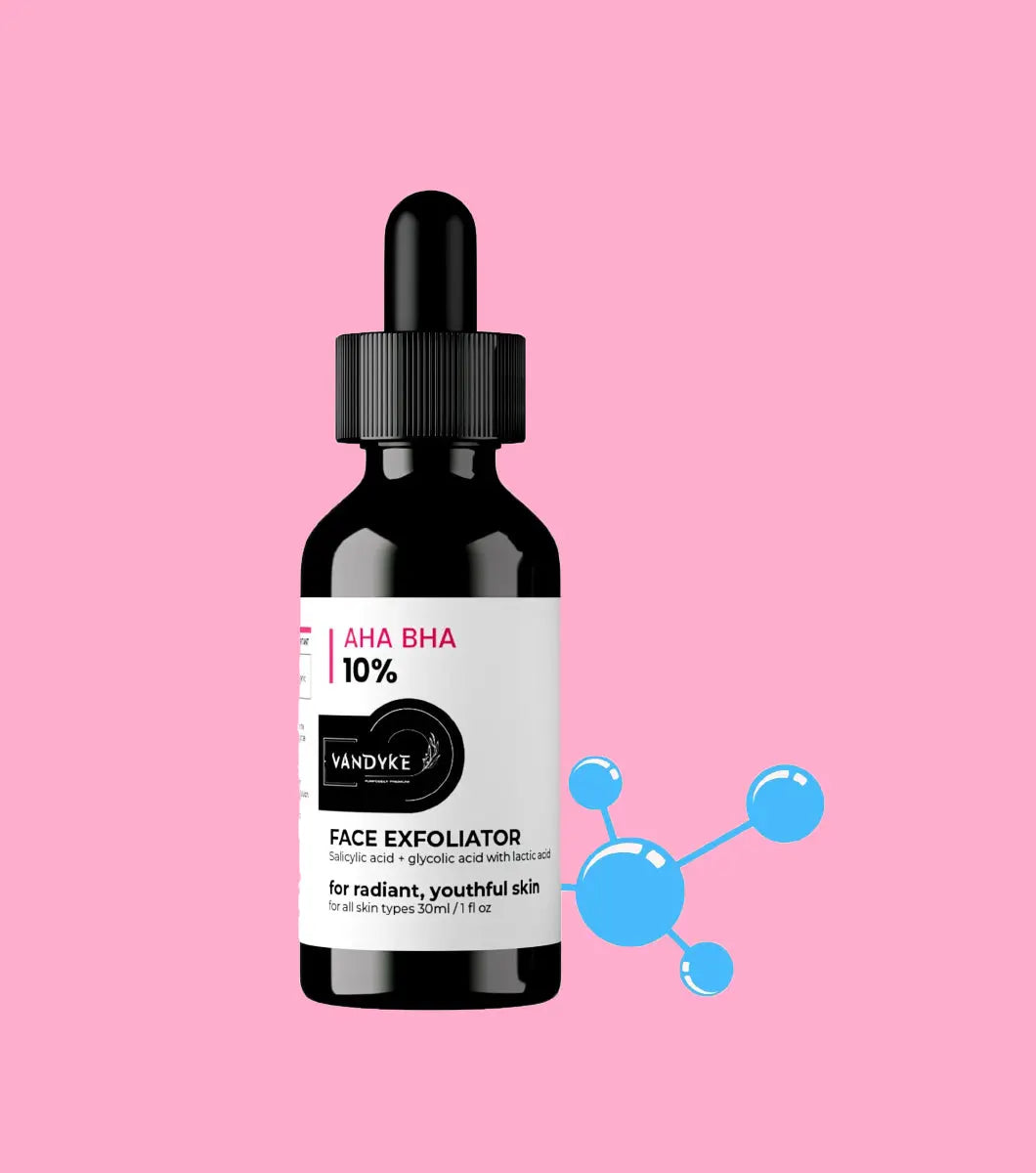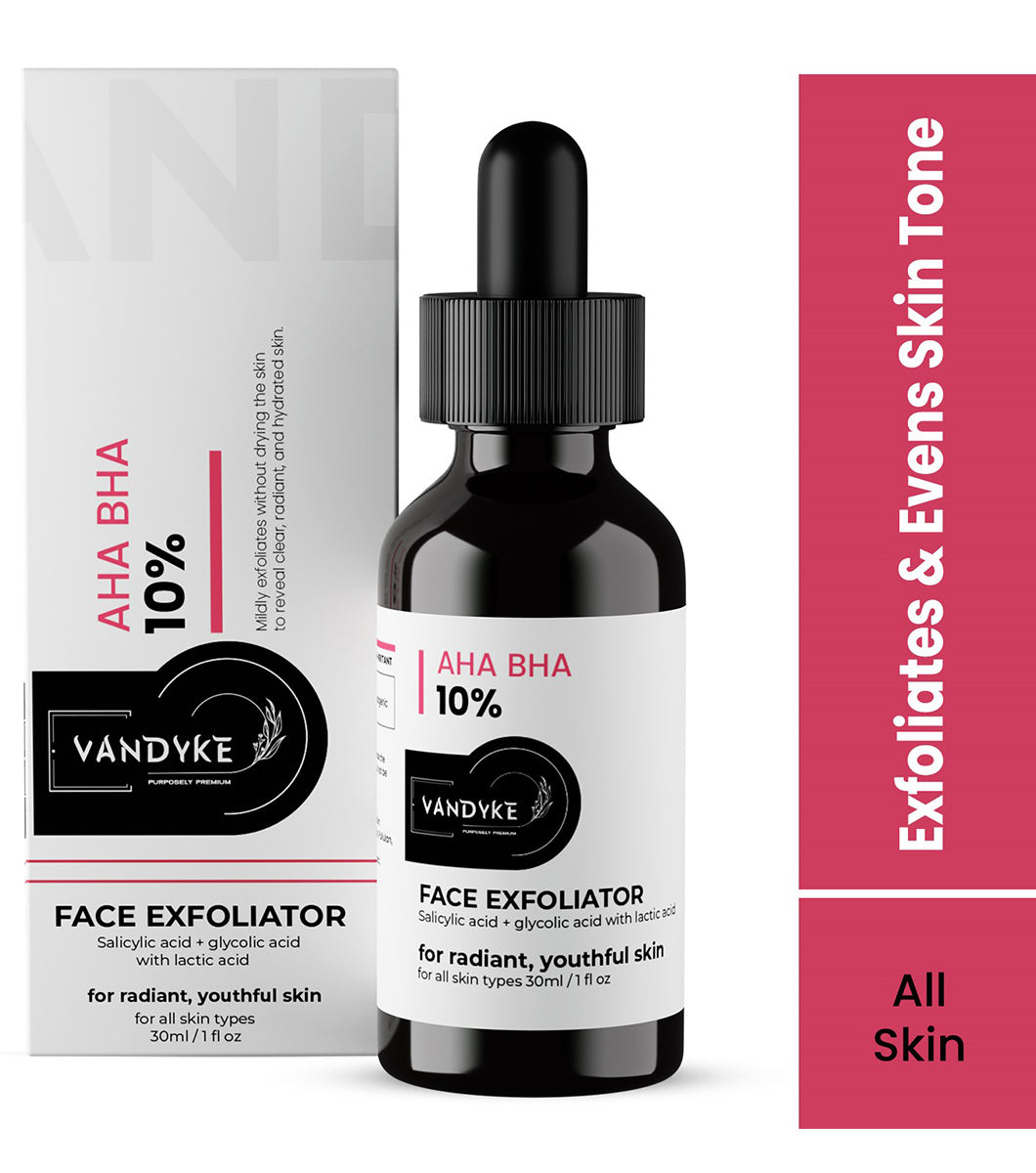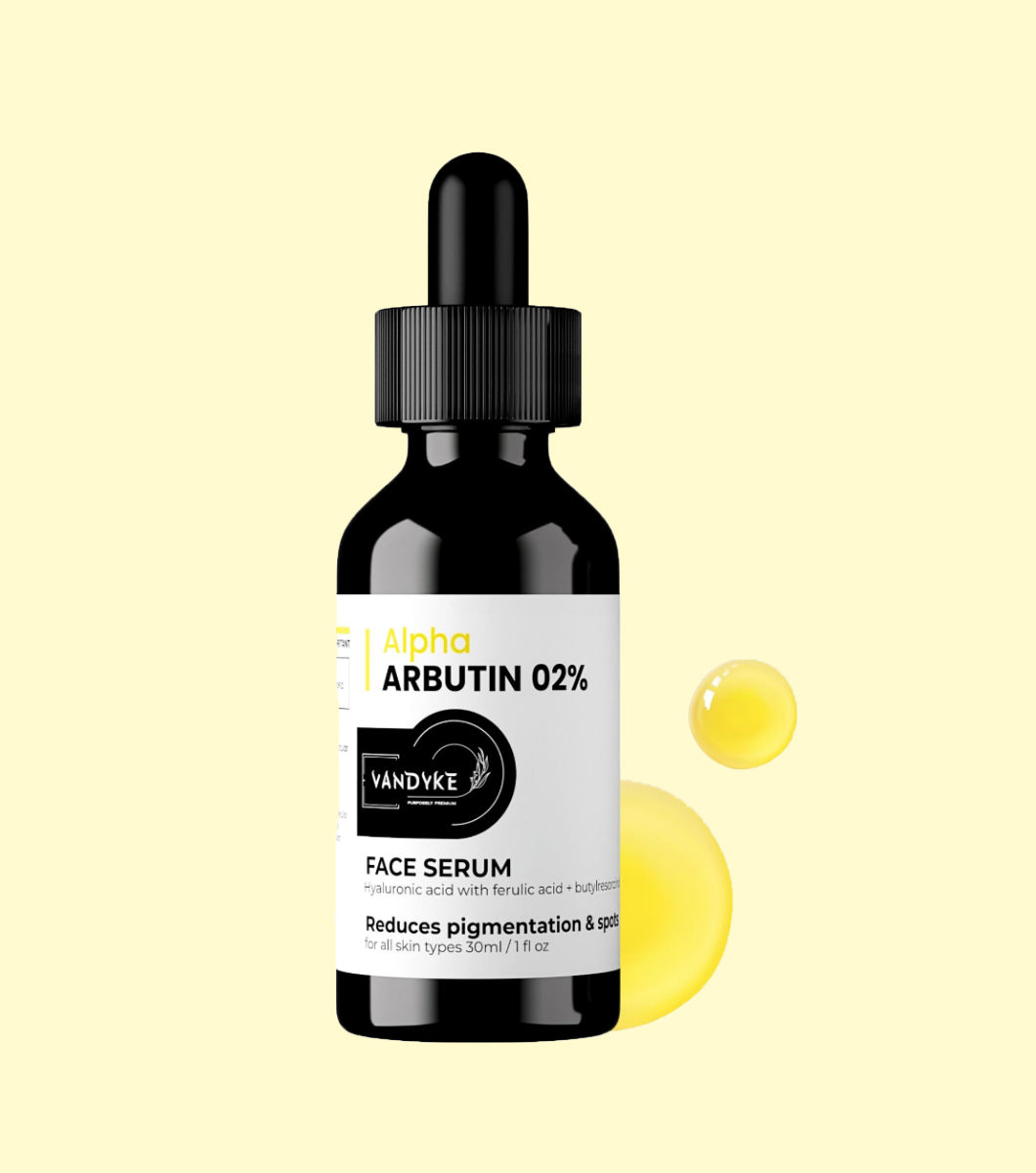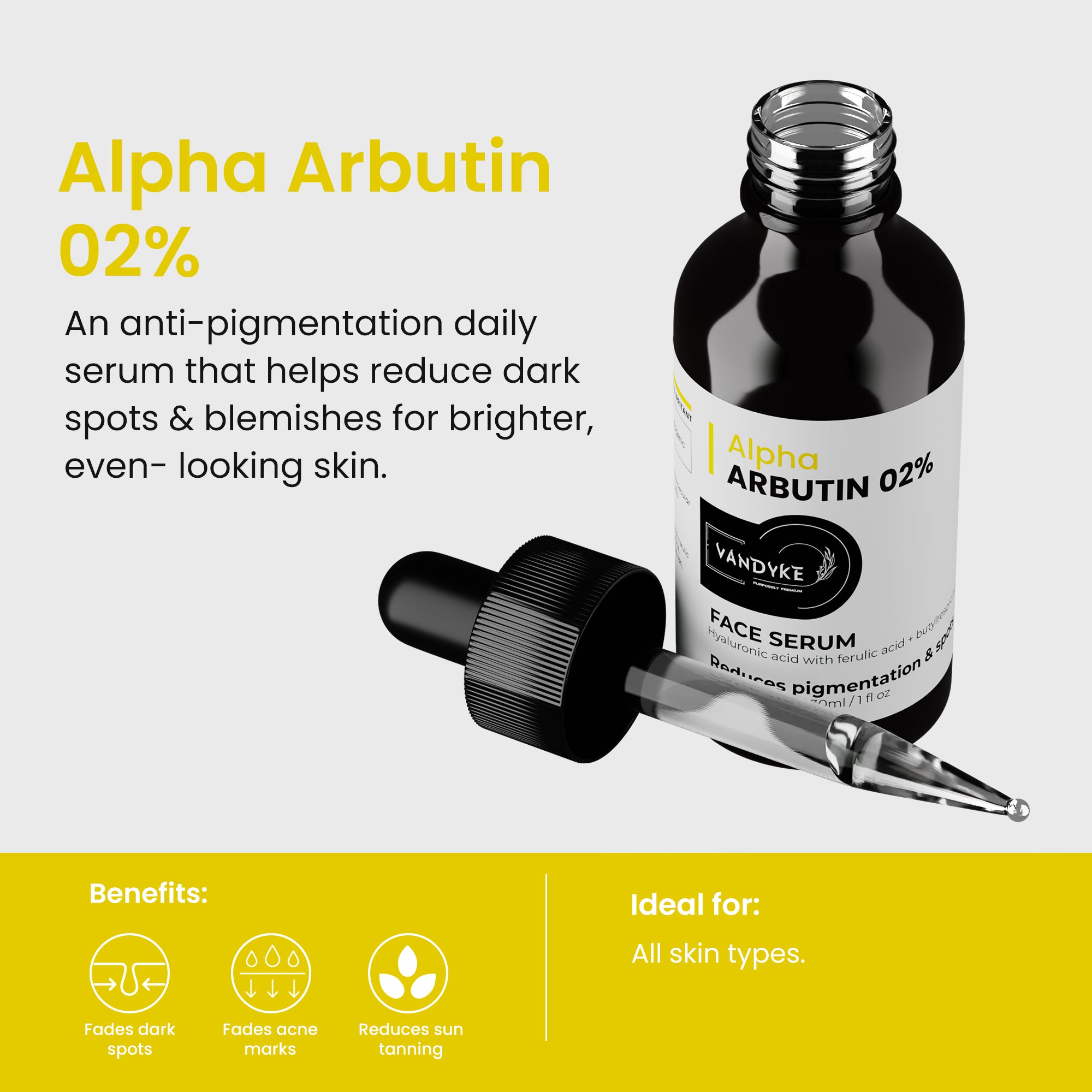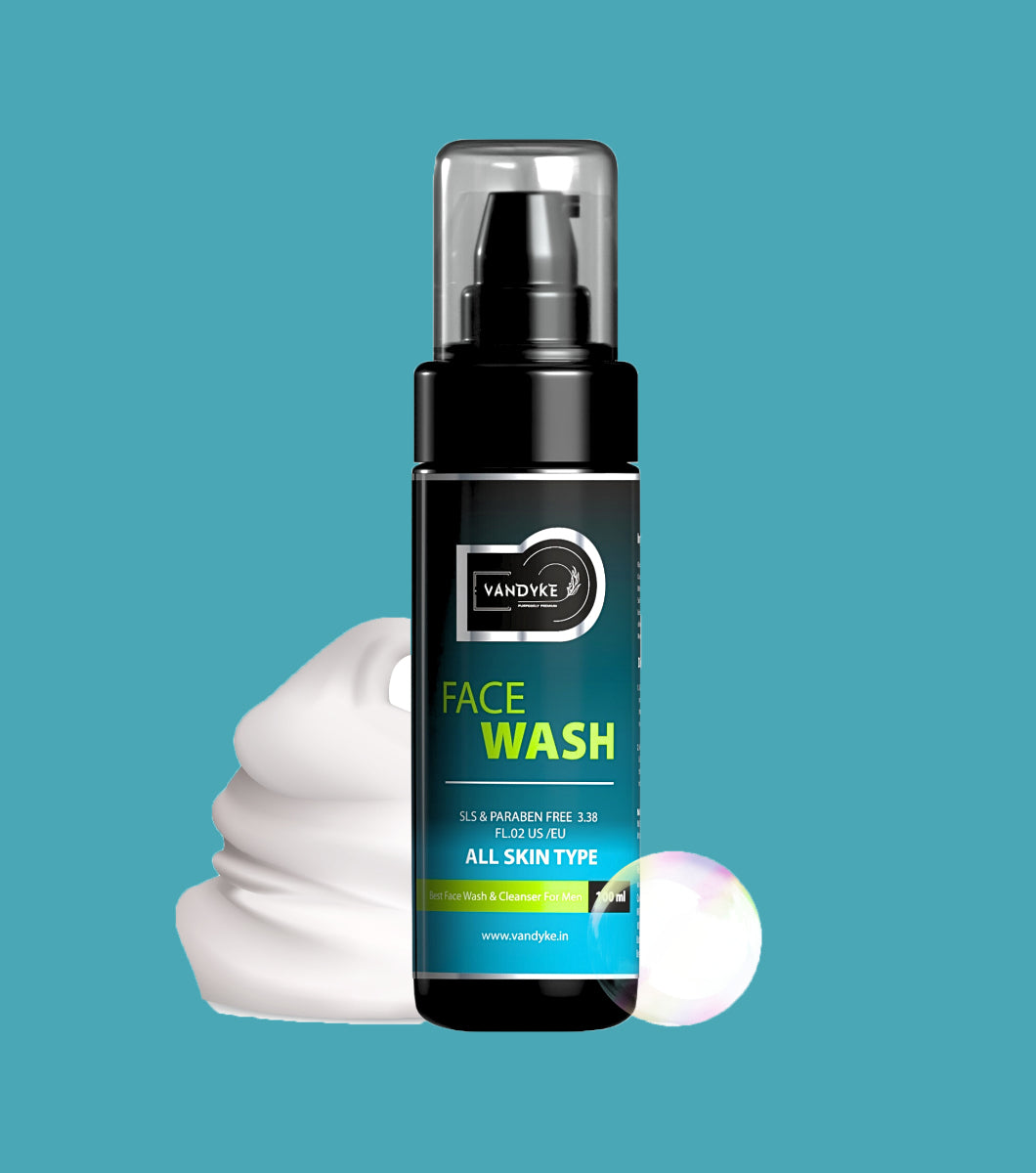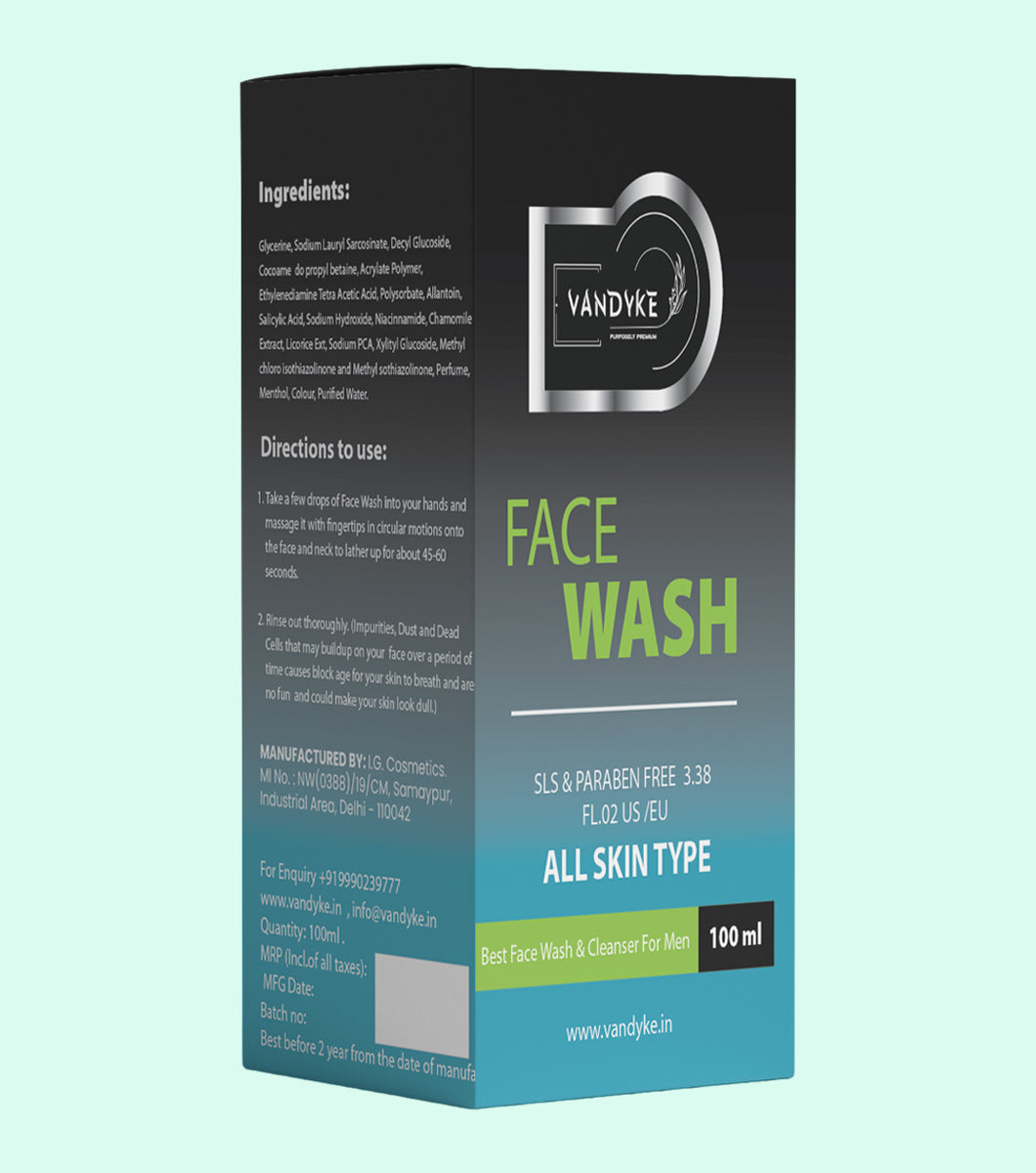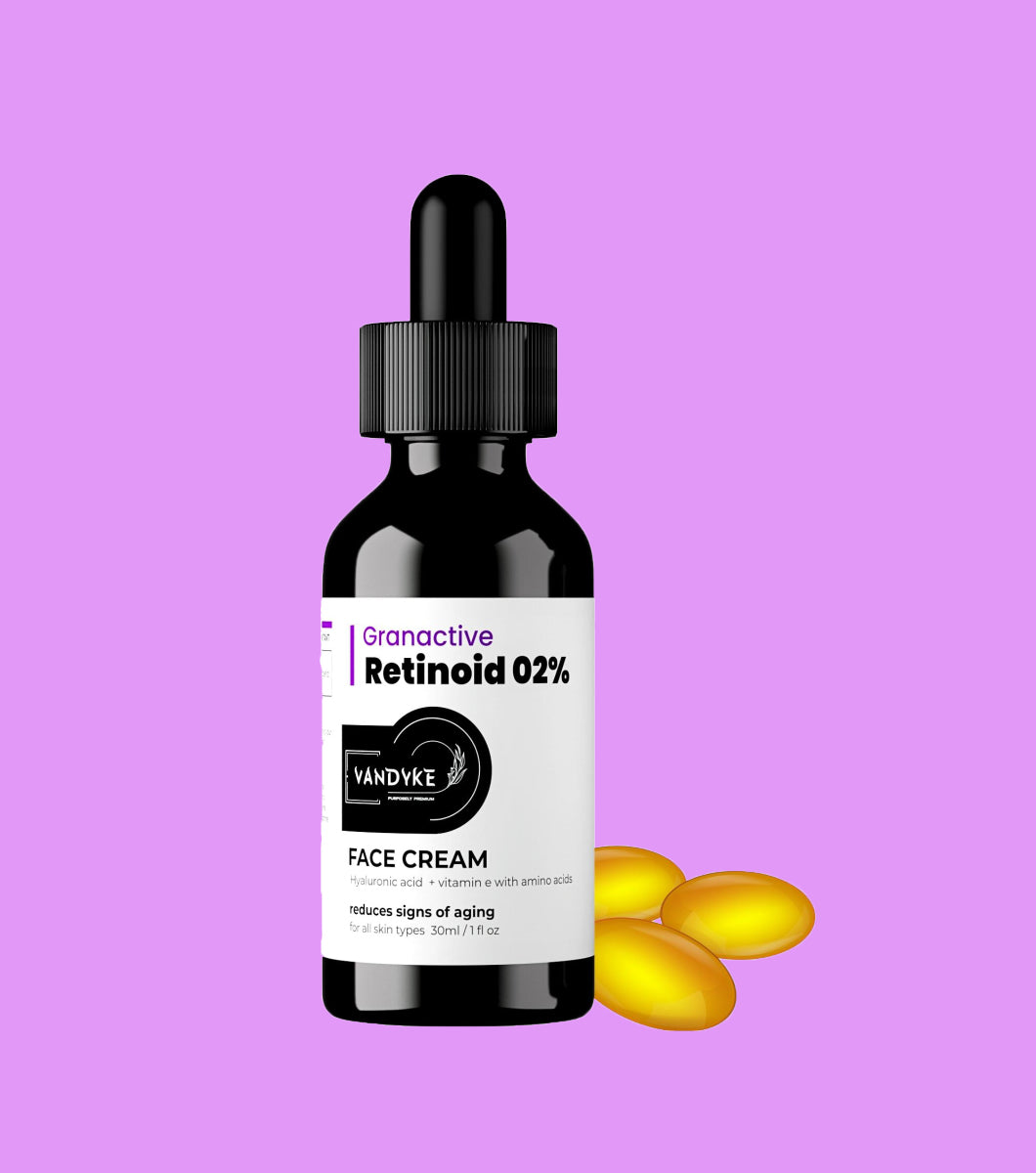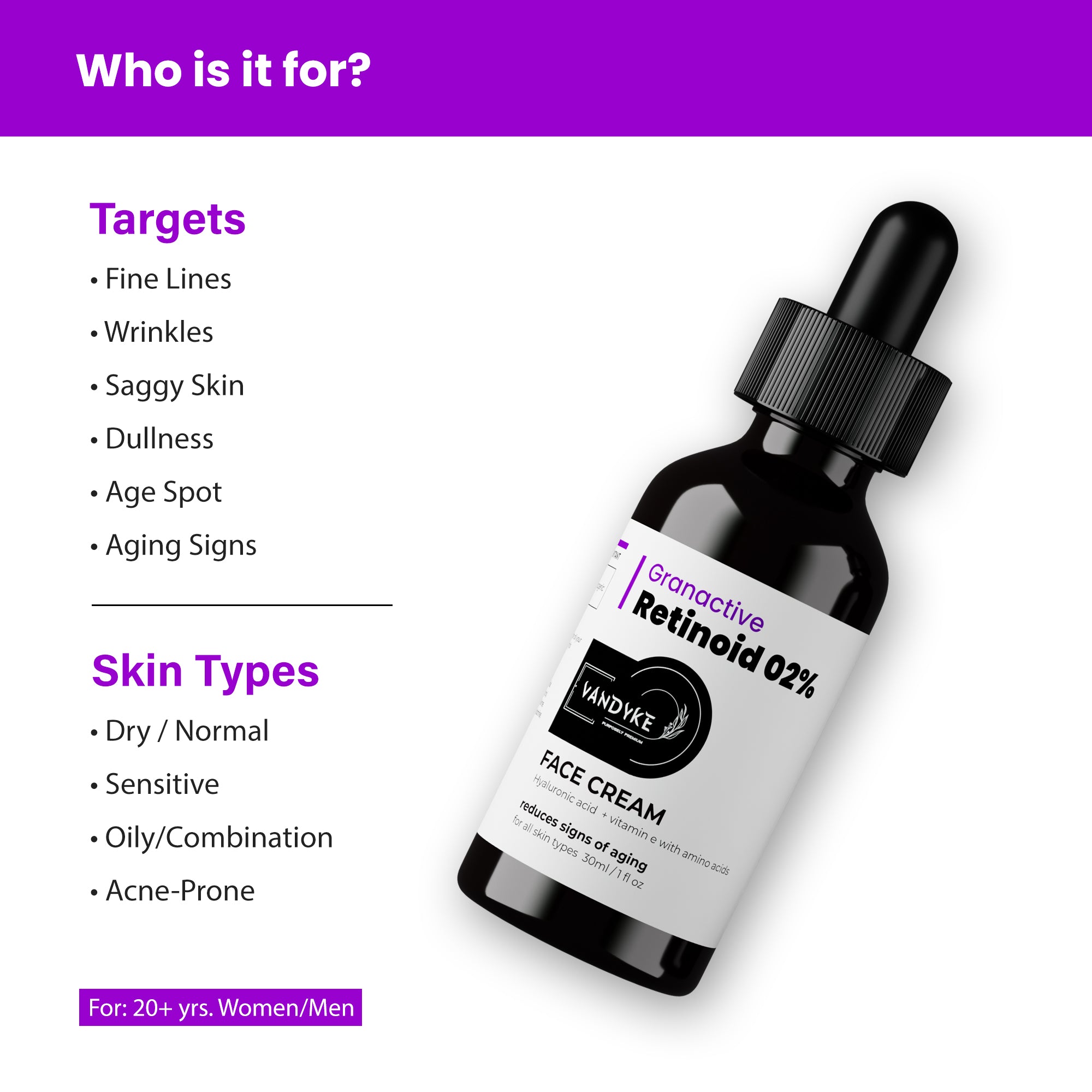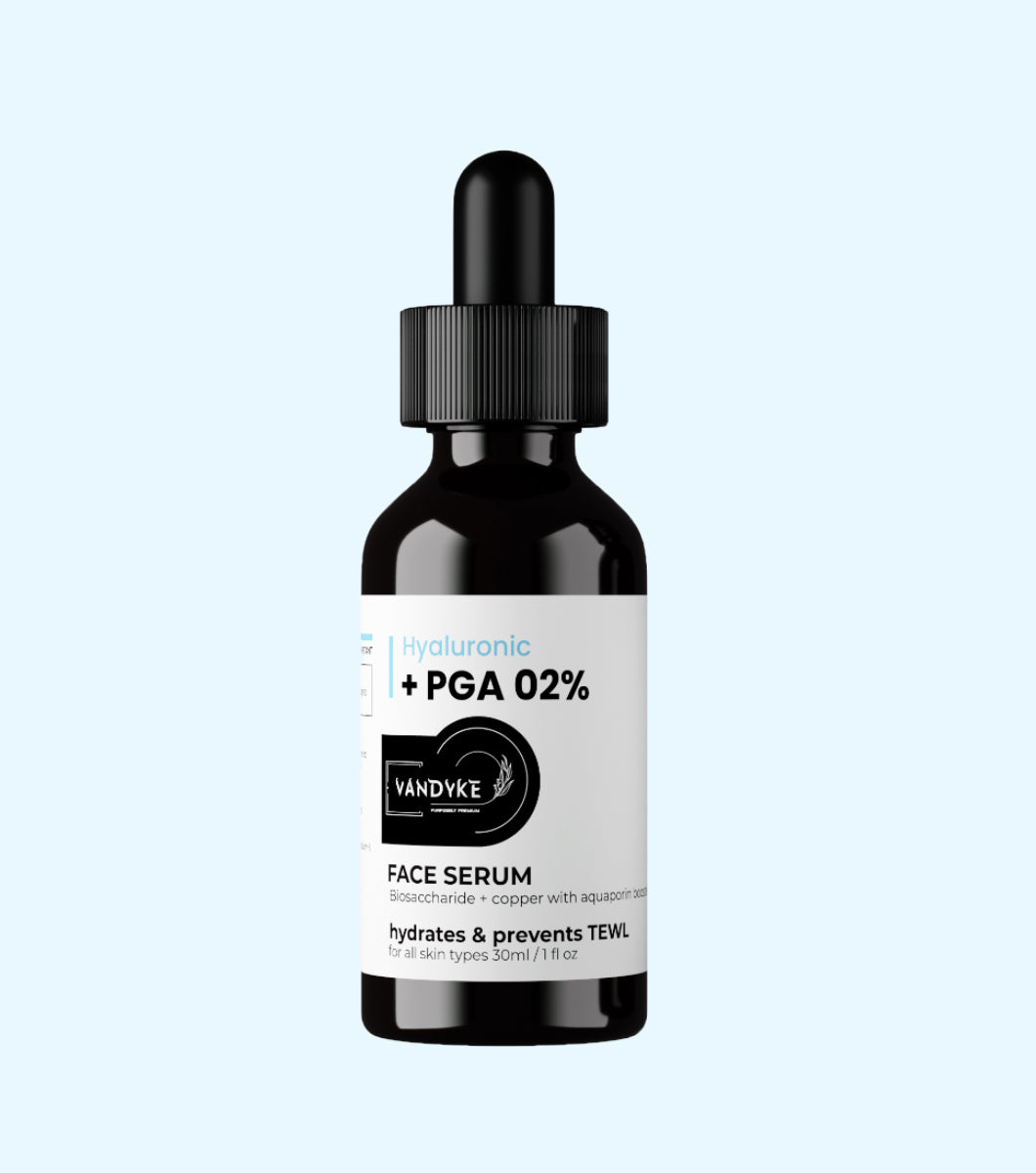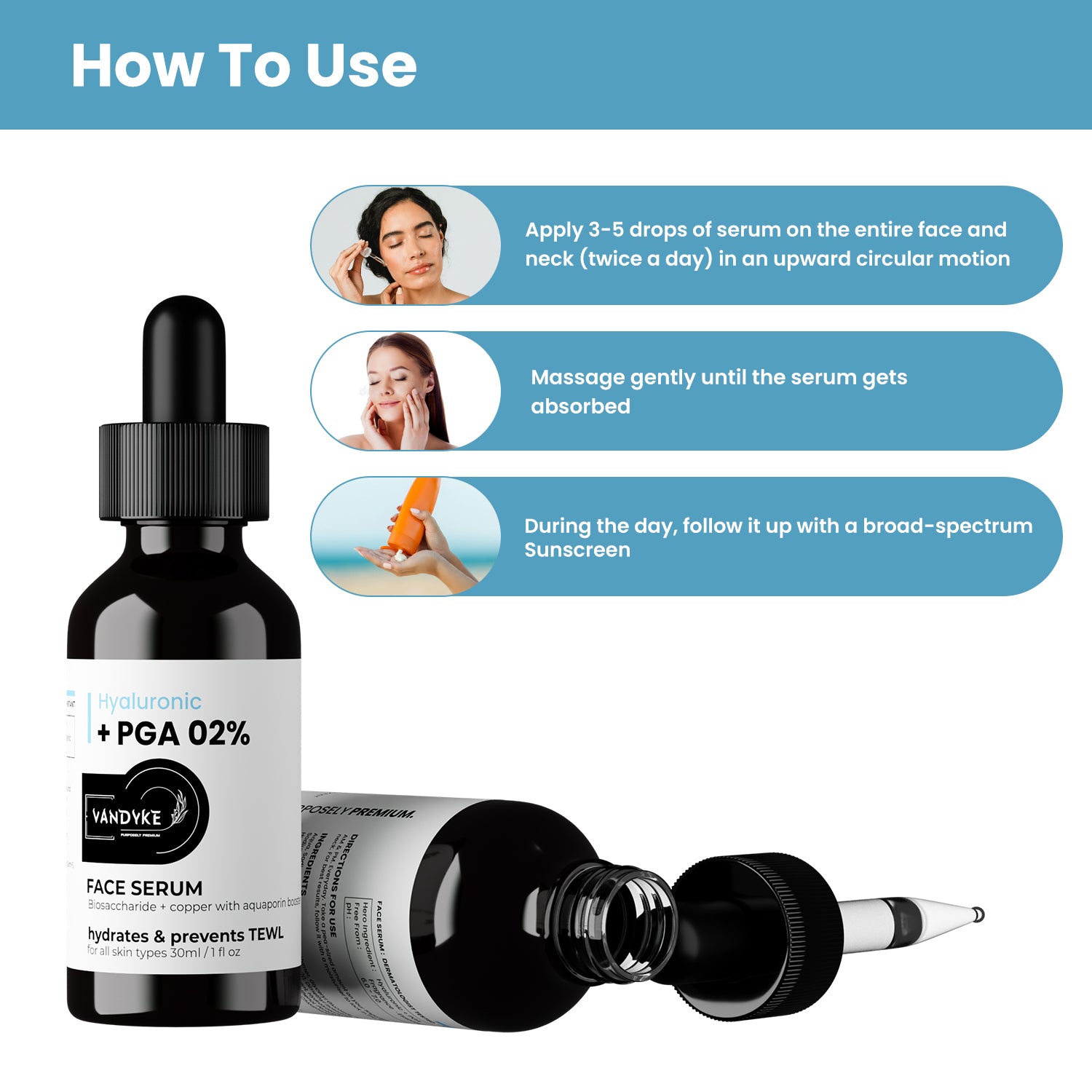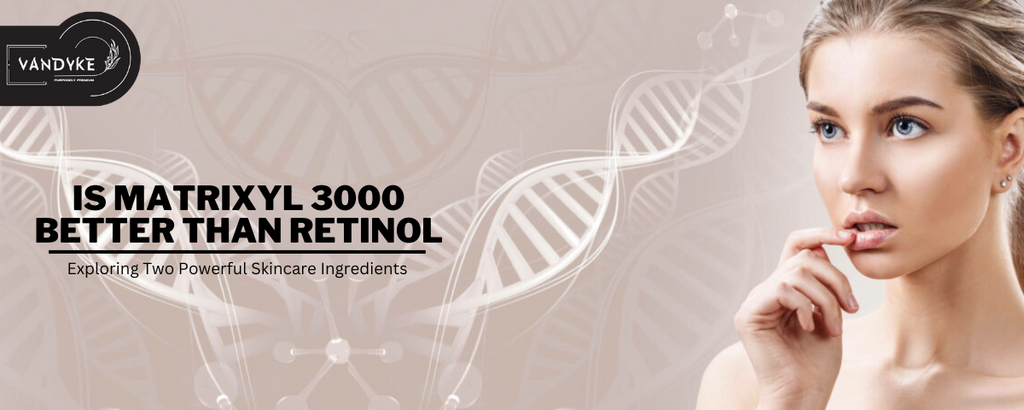
Is Matrixyl 3000 Better Than Retinol Exploring Two Powerful Skincare Ingredients

Is Matrixyl 3000 Better Than Retinol Exploring Two Powerful Skincare Ingredients
In the vast realm of skincare products and ingredients, the search for the perfect solution to combat signs of aging and improve overall skin health continues. Among the front-runners in this quest are Matrixyl 3000 and Retinol. These two skincare ingredients often find themselves in the limelight, claiming their rightful place in our daily routines. But when it comes to Matrixyl 3000 vs. Retinol, which one truly reigns supreme? To unravel this skincare conundrum, we must delve deep into the science behind these potent components and understand how they function.
What is Matrixyl 3000?
Matrixyl 3000 is a renowned peptide-based skincare ingredient cherished for its remarkable anti-aging properties. This skincare gem is a patented blend of two powerful peptides: Palmitoyl Oligopeptide and Palmitoyl Tetrapeptide-7. Together, these peptides work in harmony to stimulate collagen production, promote skin rejuvenation, and diminish the appearance of wrinkles.
How Matrixyl 3000 Works
Matrixyl 3000 operates on various levels to enhance the health and appearance of your skin:
- Collagen Production
Collagen is the skin’s structural protein, responsible for its firmness and suppleness. However, as we age, collagen production dwindles, leading to sagging skin and the formation of wrinkles. Matrixyl 3000’s primary function is to stimulate collagen synthesis, effectively restoring skin firmness.
- Skin Repair
It plays a vital role in repairing damaged skin, whether from environmental aggressors or the natural aging process. This reparative action results in a smoother complexion and the reduction of visible signs of aging.
- Wrinkle Reduction
By encouraging collagen and elastin production, Matrixyl 3000 significantly reduces the depth and number of wrinkles, particularly those on the forehead and around the eyes.
If you are looking for a product containing Matrixyl 3000. Then you should try vandyke multi-Vitamin 10%. This face serum contains 7% of Matrixyl 3000 this will work best for collagen production for your skin.
What is Retinol?
Retinol, on the other hand, is a derivative of vitamin A and has held a prominent place in skincare for decades. Its reputation as a potent ingredient for addressing a myriad of skin concerns, including wrinkles, fine lines, and acne, is well-established.
How Retinol Works?
Retinol employs a multifaceted approach to improve skin health and appearance:
- Boosting Skin Cell Turnover
One of Retinol’s primary functions is to accelerate the rate at which your skin sheds old, damaged cells and generates new ones. This process leads to improved skin texture, reduced fine lines, and a more even complexion.
- Stimulating Collagen Production
Much like Matrixyl 3000, Retinol encourages collagen synthesis, helping to maintain skin elasticity and firmness.
- Addressing Hyperpigmentation
Retinol has the remarkable ability to fade hyperpigmented areas, such as age spots and sunspots, creating a more uniform skin tone.
For the Retinol face serum you can choose vandyke Retinol 03% face serum for your skin. Or you can also choose vandyke Granactive Retinoid 02% face serum.
Matrixyl 3000 vs. Retinol: The Face-Off
Now, let’s embark on the Matrixyl 3000 vs. Retinol face-off in critical categories to determine which one might be the superior choice for your skincare needs.
Efficacy Against Wrinkles
- Matrixyl 3000
While undoubtedly effective, Matrixyl 3000 primarily targets collagen production and skin repair. It can visibly reduce the appearance of wrinkles but may not possess the same potency as Retinol.
- Retinol
Retinol stands tall when it comes to battling wrinkles. It excels at accelerating cell turnover, minimizing fine lines, and delivering noticeable improvements in skin texture.
- Verdict: In the fight against wrinkles, Retinol takes the lead with its robust wrinkle-reducing capabilities.
Skin Tolerance
- Matrixyl 3000
Generally well-tolerated by most skin types, including sensitive skin, Matrixyl 3000 is less likely to cause irritation compared to Retinol.
- Retinol
Retinol has the potential to cause skin sensitivity, dryness, redness, and peeling, especially when first introduced into a skincare regimen. Individuals with sensitive skin might find it challenging to tolerate.
- Verdict: Matrixyl 3000 emerges victorious in the skin tolerance category, making it a better option for those with sensitive or easily irritated skin.
Versatility
- Matrixyl 3000
Matrixyl 3000 excels at addressing the signs of aging, making it an excellent choice for those primarily focused on anti-aging benefits.
- Retinol
Retinol’s prowess extends beyond anti-aging. It’s also effective for treating acne, improving skin texture, and addressing hyperpigmentation.
- Verdict: Retinol claims victory for its versatility in addressing a wider range of skin concerns.
Using Matrixyl 3000 and Retinol Together
The good news is that you don’t necessarily have to choose between Matrixyl 3000 and Retinol. These two ingredients can work synergistically in your skincare routine to provide maximum benefits.
Matrixyl 3000 can serve as a gentle, daily anti-aging booster, improving overall skin health. It’s an excellent choice for daily use, especially for those with sensitive skin.
Retinol, while more potent, may be incorporated into your routine less frequently due to its potential for irritation. Start by using it a few times a week and gradually increase the frequency as your skin builds tolerance.
Always remember to apply sunscreen daily when using either Matrixyl 3000 or Retinol, as both ingredients can heighten your skin’s sensitivity to UV radiation.
Conclusion
In the Matrixyl 3000 vs. Retinol debate, there isn’t a clear-cut winner because both ingredients possess distinct strengths. Matrixyl 3000, gentle and well-tolerated, stands out as an excellent choice for those with sensitive skin or as a daily anti-aging ally. Meanwhile, Retinol, the heavyweight champion, reigns supreme in wrinkle reduction and versatility.
The ultimate skincare strategy may involve combining these two powerhouse ingredients. Matrixyl 3000 can provide consistent anti-aging support, while Retinol can be used strategically a few times a week for more intensive wrinkle-fighting benefits. Achieving radiant, youthful skin might just be about harnessing the power of both these skincare superheroes.
FAQs
Is Matrixyl 3000 suitable for all skin types?
Yes, Matrixyl 3000 is generally well-tolerated by most skin types, including sensitive skin. It is suitable for a wide range of individuals looking to improve skin firmness and reduce the appearance of wrinkles. If you are looking for a product containing Matrixyl 3000. Then you should try vandyke multi-Vitamin 10%. This face serum contains 7% of Matrixyl 3000 this will work best for collagen production for your skin.
Can I use Matrixyl 3000 and Retinol together in my skincare routine?
Yes, you can use Matrixyl 3000 and Retinol together in your skincare routine. Matrixyl 3000 can provide consistent anti-aging support, while Retinol can be used less frequently for more intensive wrinkle-fighting benefits.
For the Retinol face serum you can choose vandyke Retinol 03% face serum for your skin. Or you can also choose vandyke Granactive Retinoid 02% face serum.
How often should I use Retinol in my skincare routine?
When incorporating Retinol into your routine, start by using it a few times a week and gradually increase the frequency as your skin builds tolerance. Daily use may not be necessary for everyone, especially those with sensitive skin.
Can I use Matrixyl 3000 and Retinol during the day or only at night?
Retinol is typically used at night due to its potential for increased sun sensitivity. Matrixyl 3000 can be used both in the morning and evening routines.
Are there any specific products you recommend for Matrixyl 3000 and Retinol?
You can consider products like “Vandyke Multi-Vitamin 10% Face Serum” containing Matrixyl 3000 and “Vandyke Retinol 03% Face Serum” or “Vandyke Granactive Retinoid 02% Face Serum” for Retinol. However, it’s essential to choose products that align with your specific skincare needs.
Do I need to use sunscreen when using Matrixyl 3000 or Retinol?
Yes, it’s crucial to use sunscreen daily when using Matrixyl 3000 or Retinol, as both ingredients can increase your skin’s sensitivity to UV radiation. Sunscreen helps protect your skin from sun damage and ensures the effectiveness of these skincare ingredients.
How long does it take to see results with Matrixyl 3000 and Retinol?
Results might vary from person to person, but after using the product consistently for a few weeks to months, you can start noticing changes in the texture of your skin and the disappearance of small wrinkles. The secret to getting the desired outcomes is patience.
Can I use Matrixyl 3000 and Retinol if I have acne-prone skin?
Yes, both Matrixyl 3000 and Retinol can be beneficial for individuals with acne-prone skin. Retinol, in particular, can help with acne by promoting skin cell turnover and preventing clogged pores.
